Alva Claire: Any Thing Is Sacred
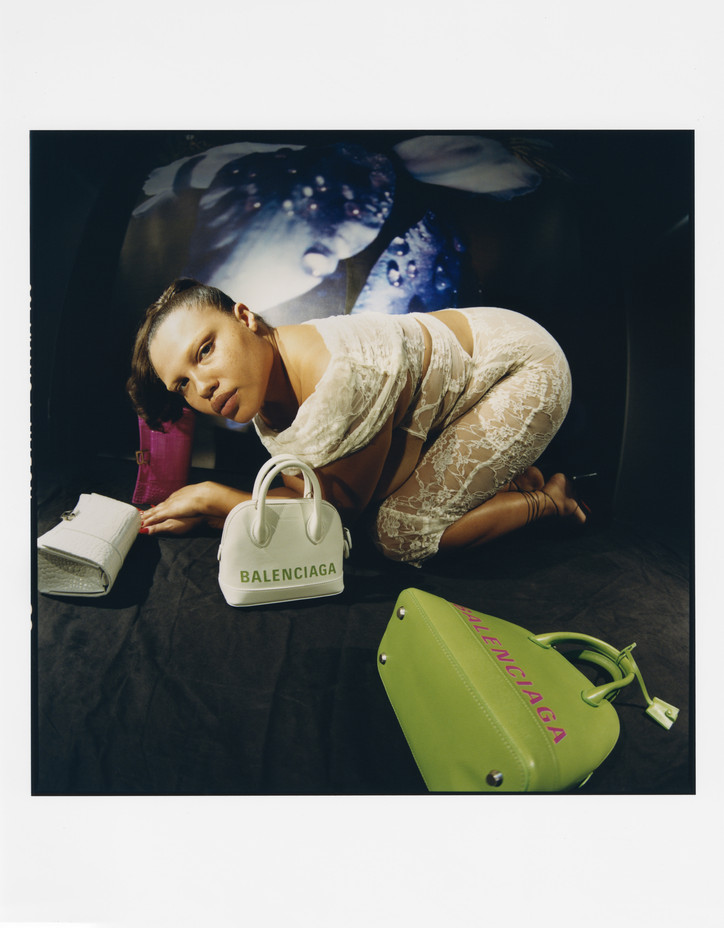
Dress by BARRAGAN, bags by BALENCIAGA, shoes by CHRISTIAN LOUBOUTIN
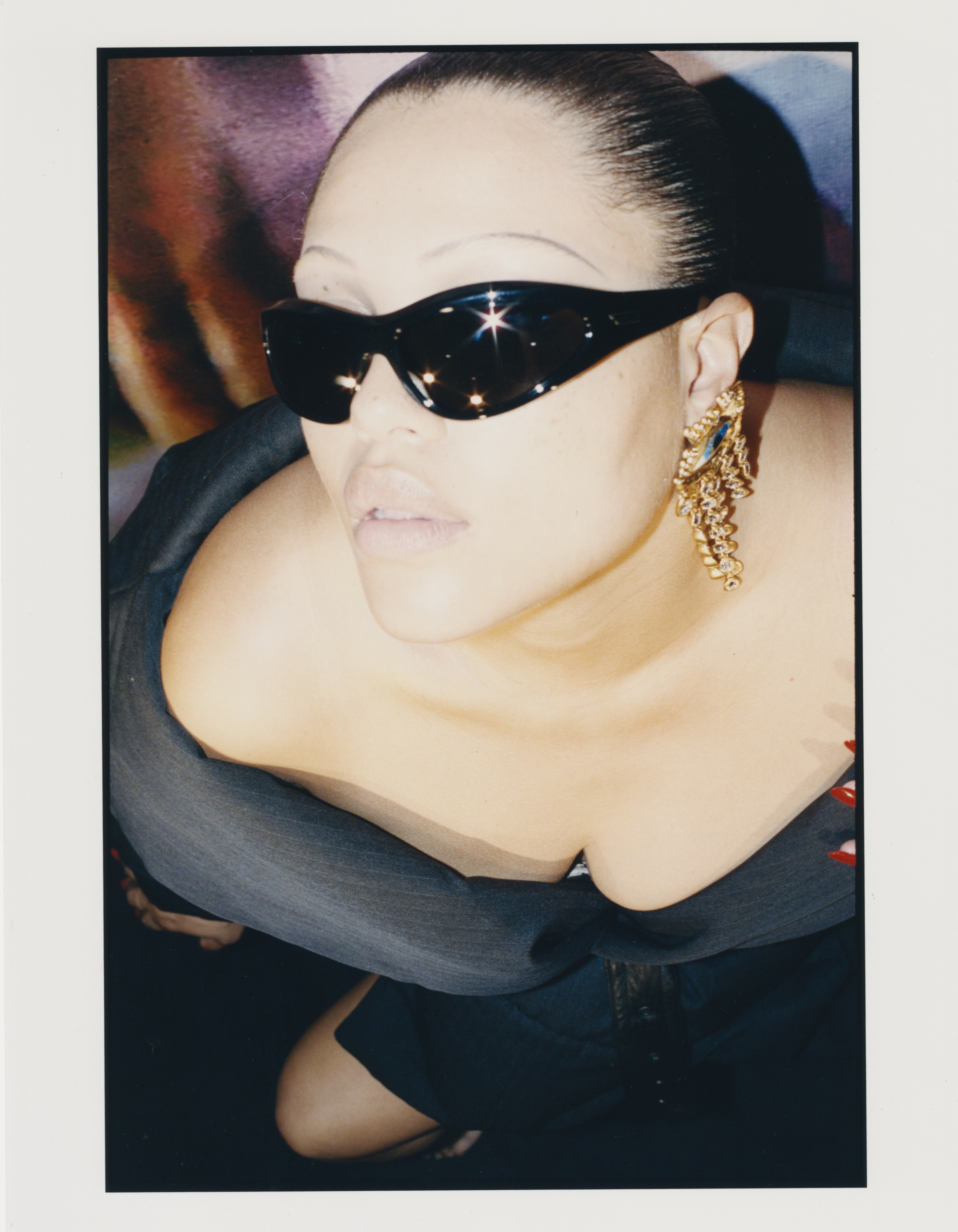

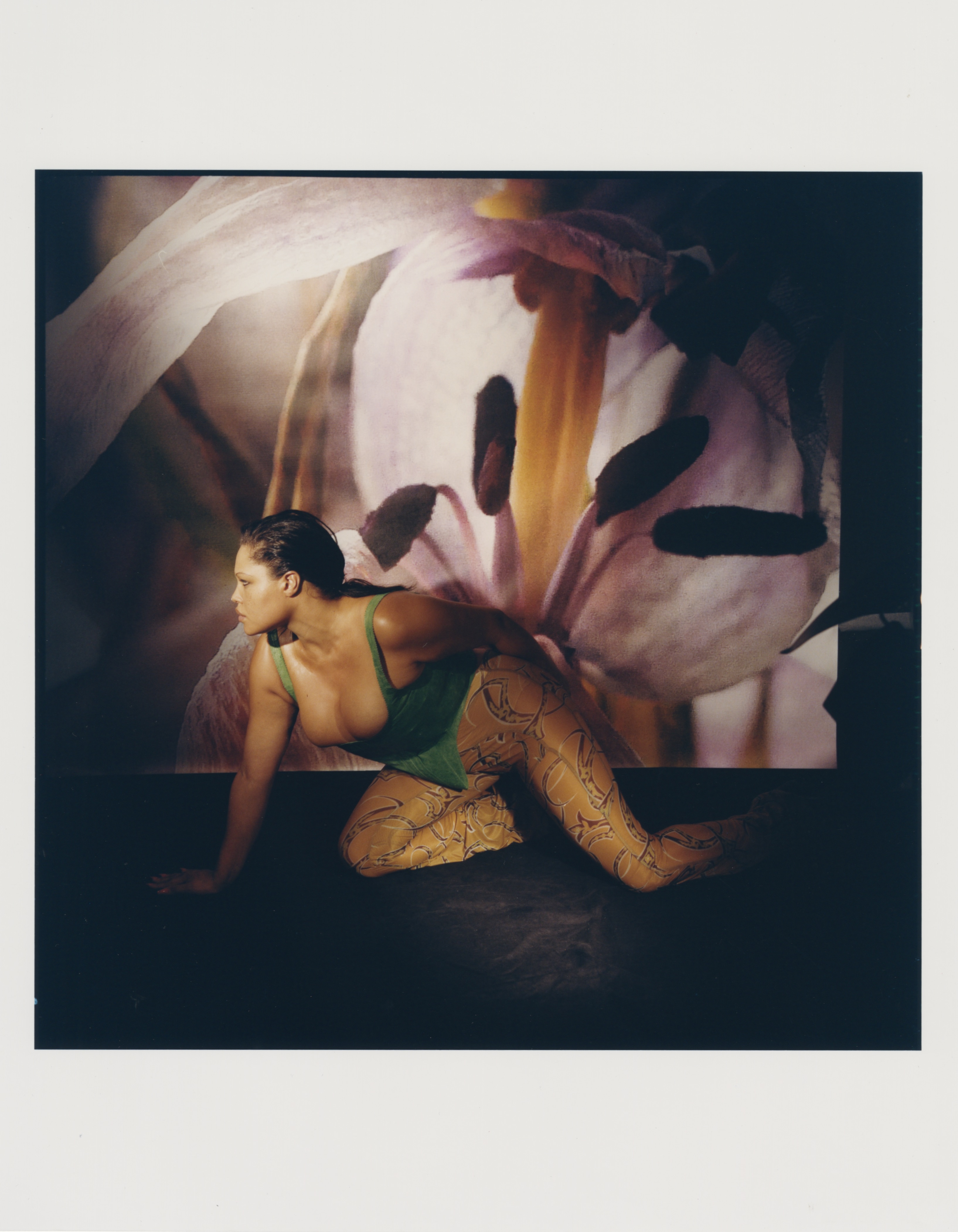
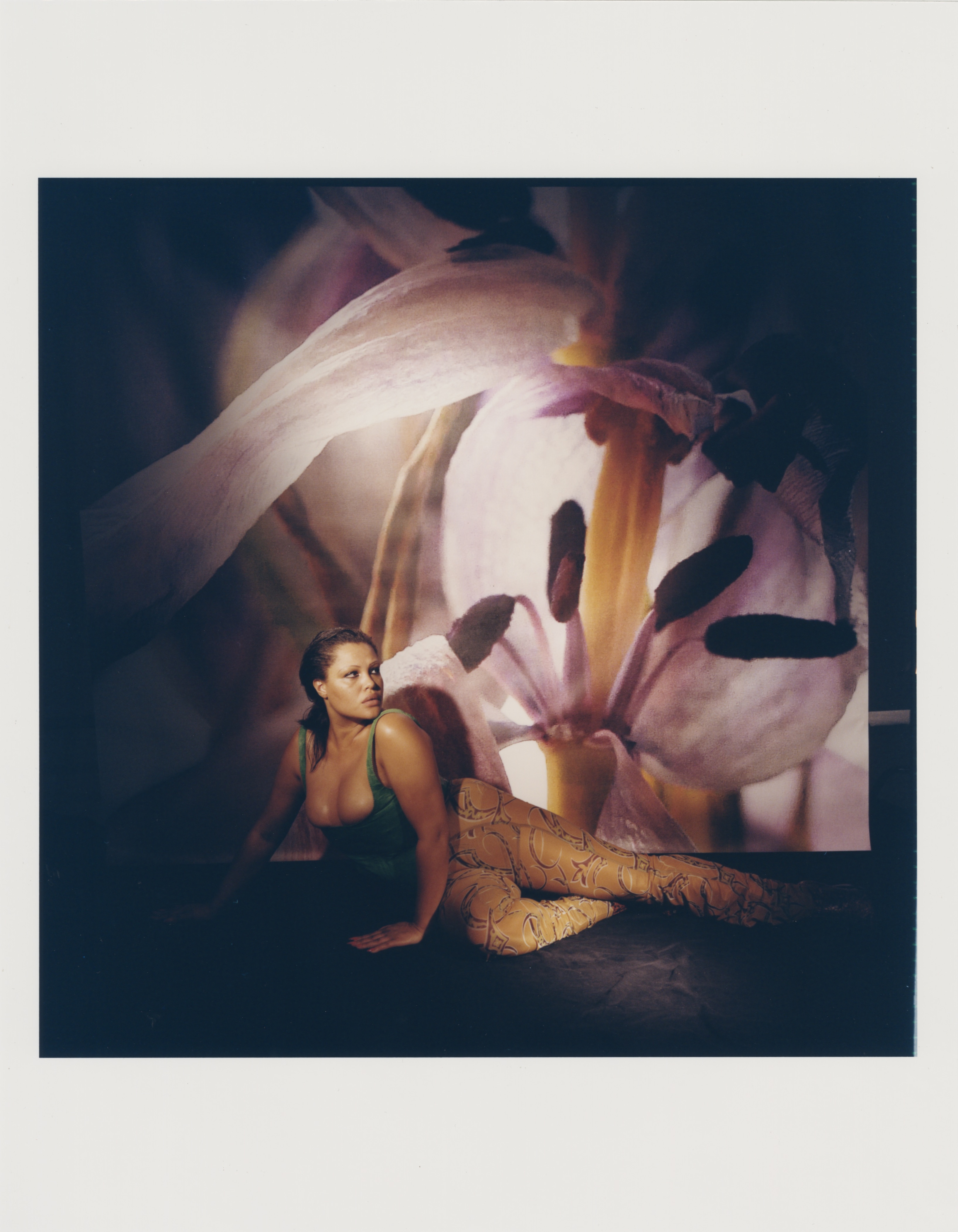
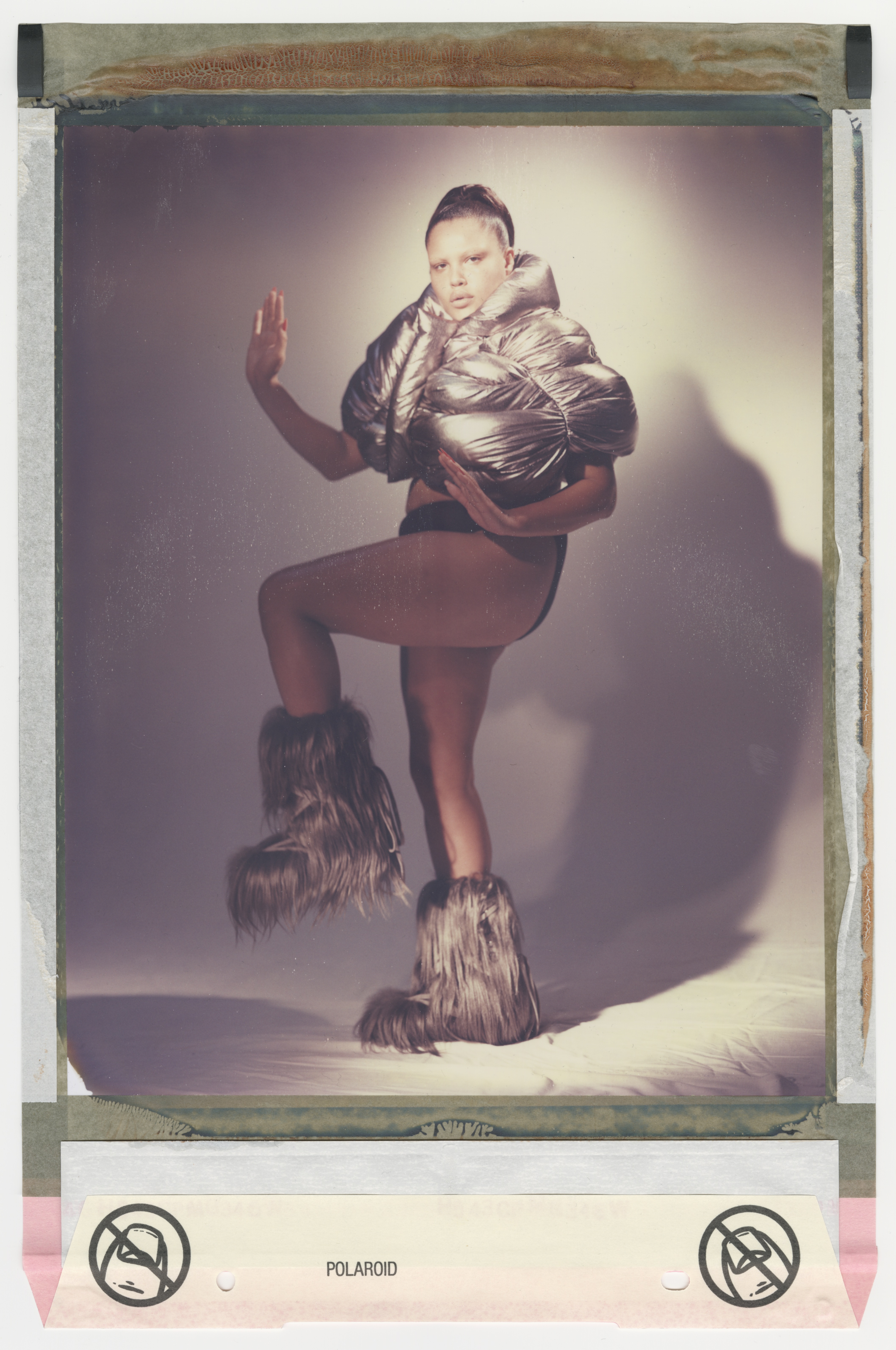
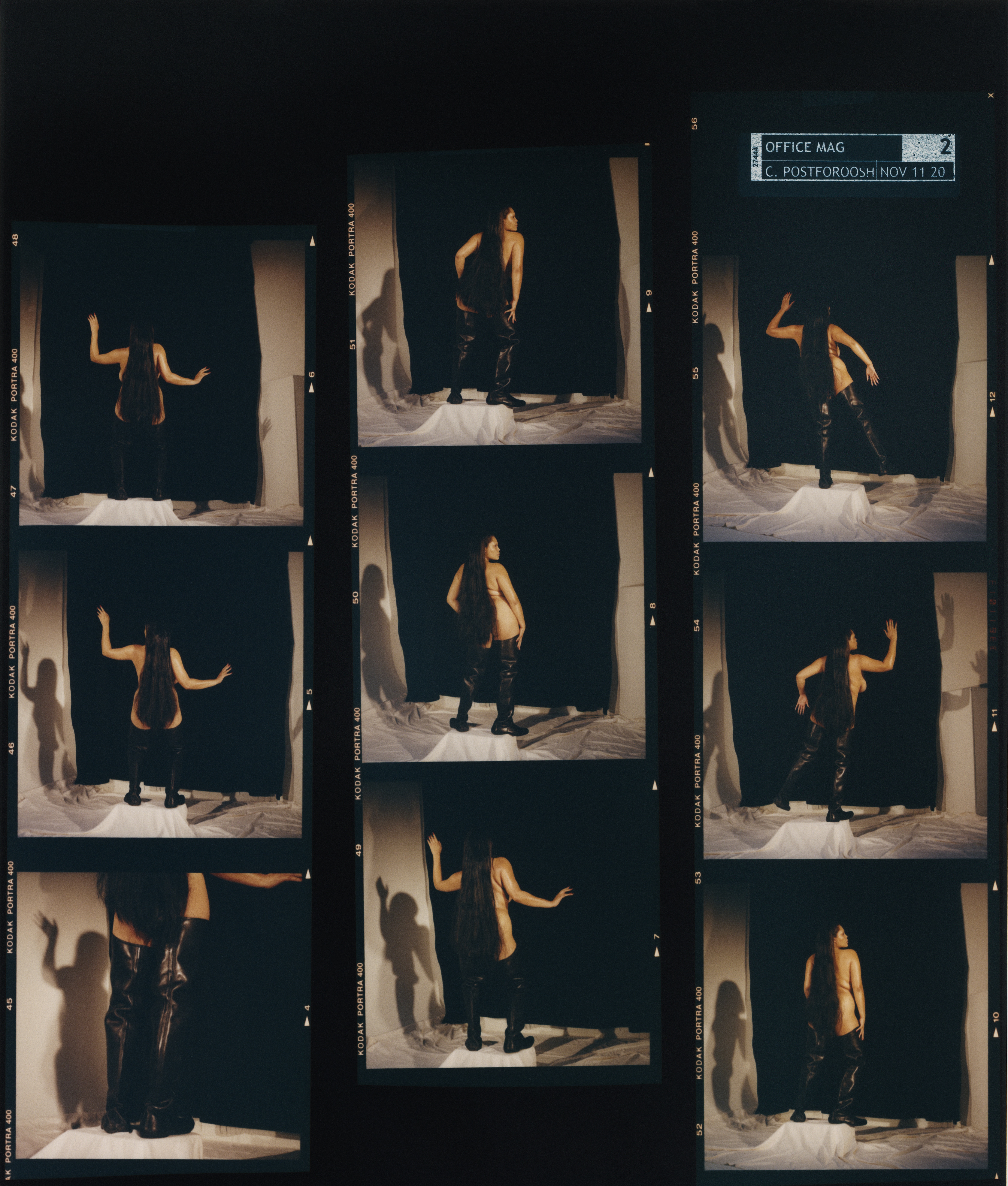
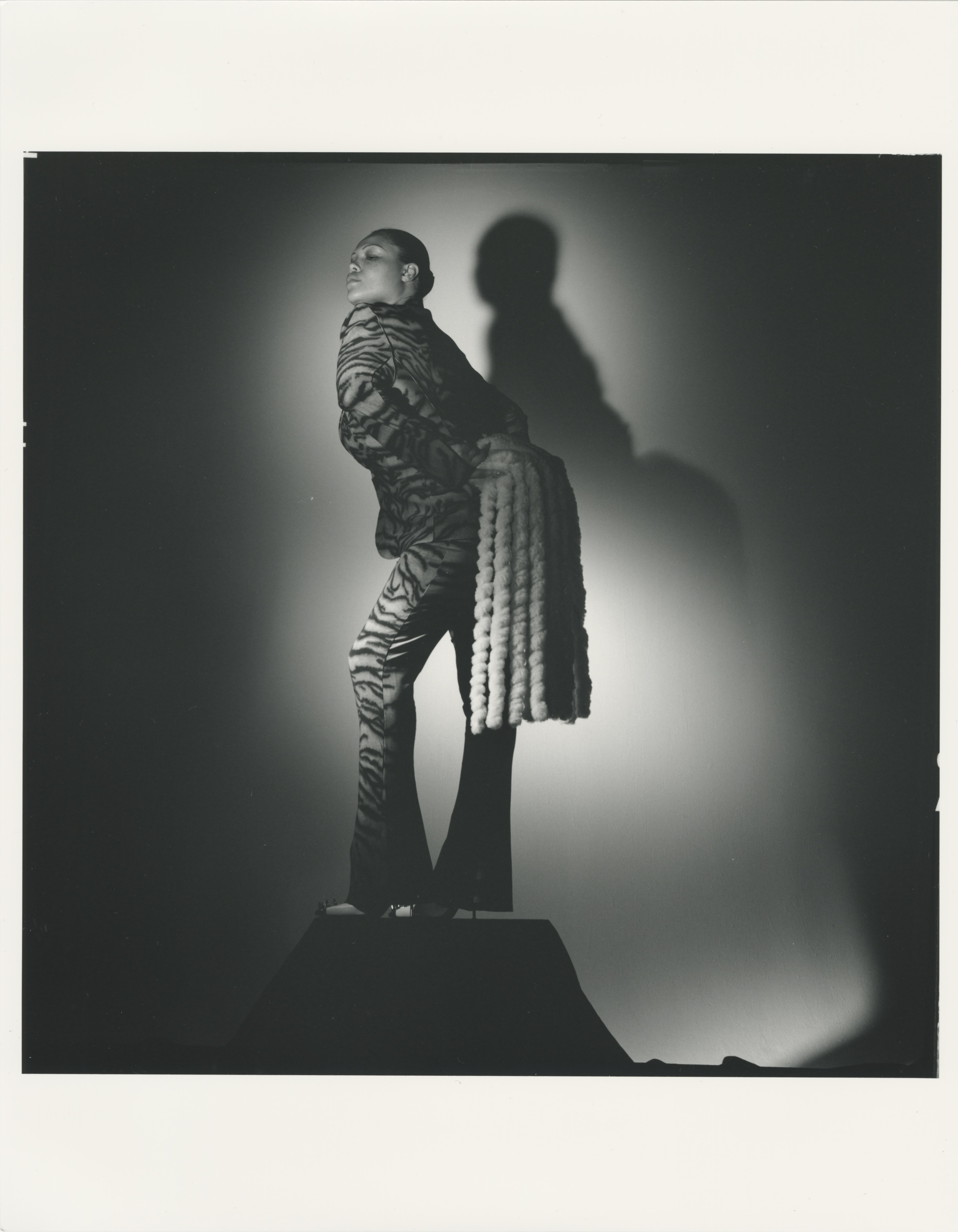
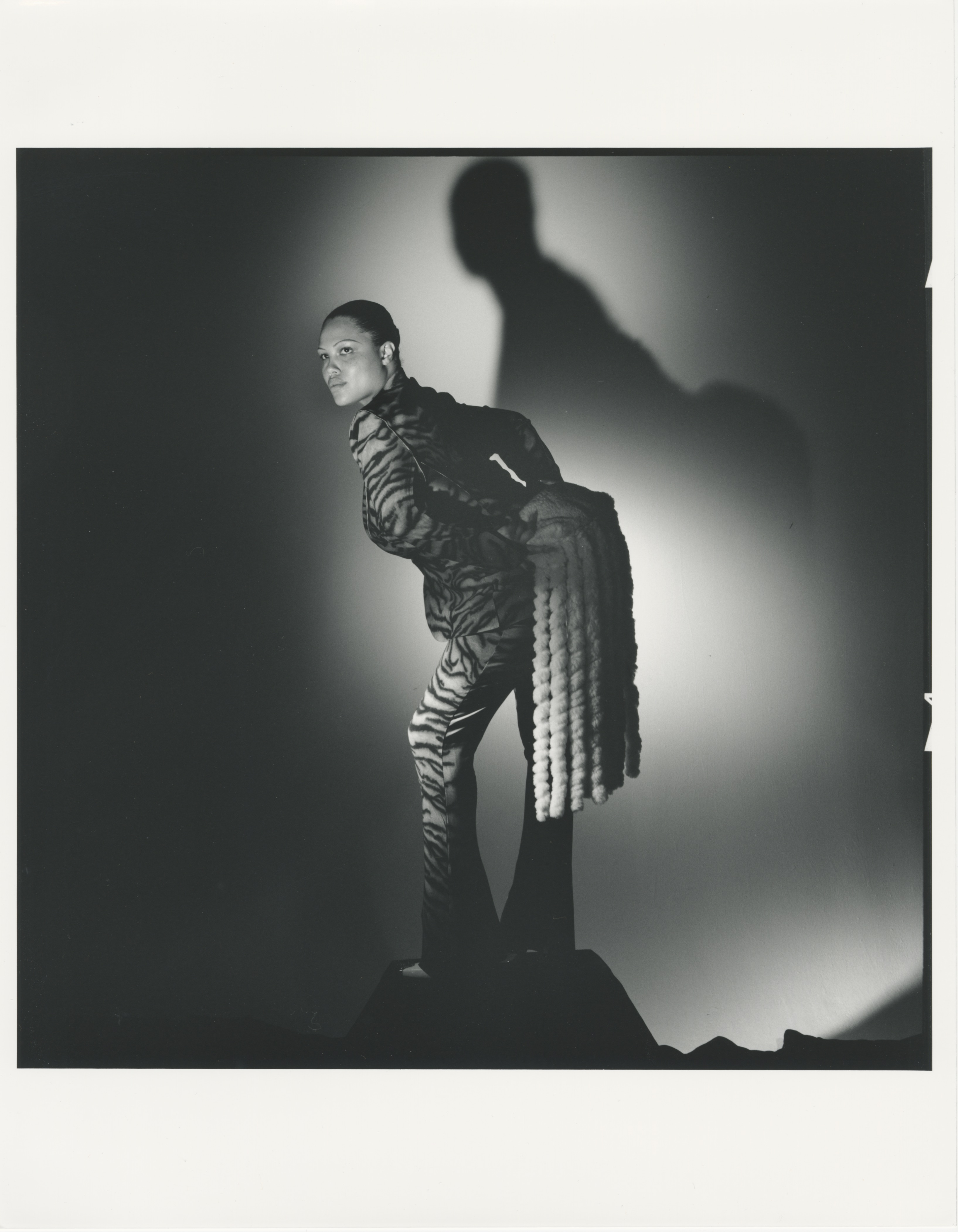
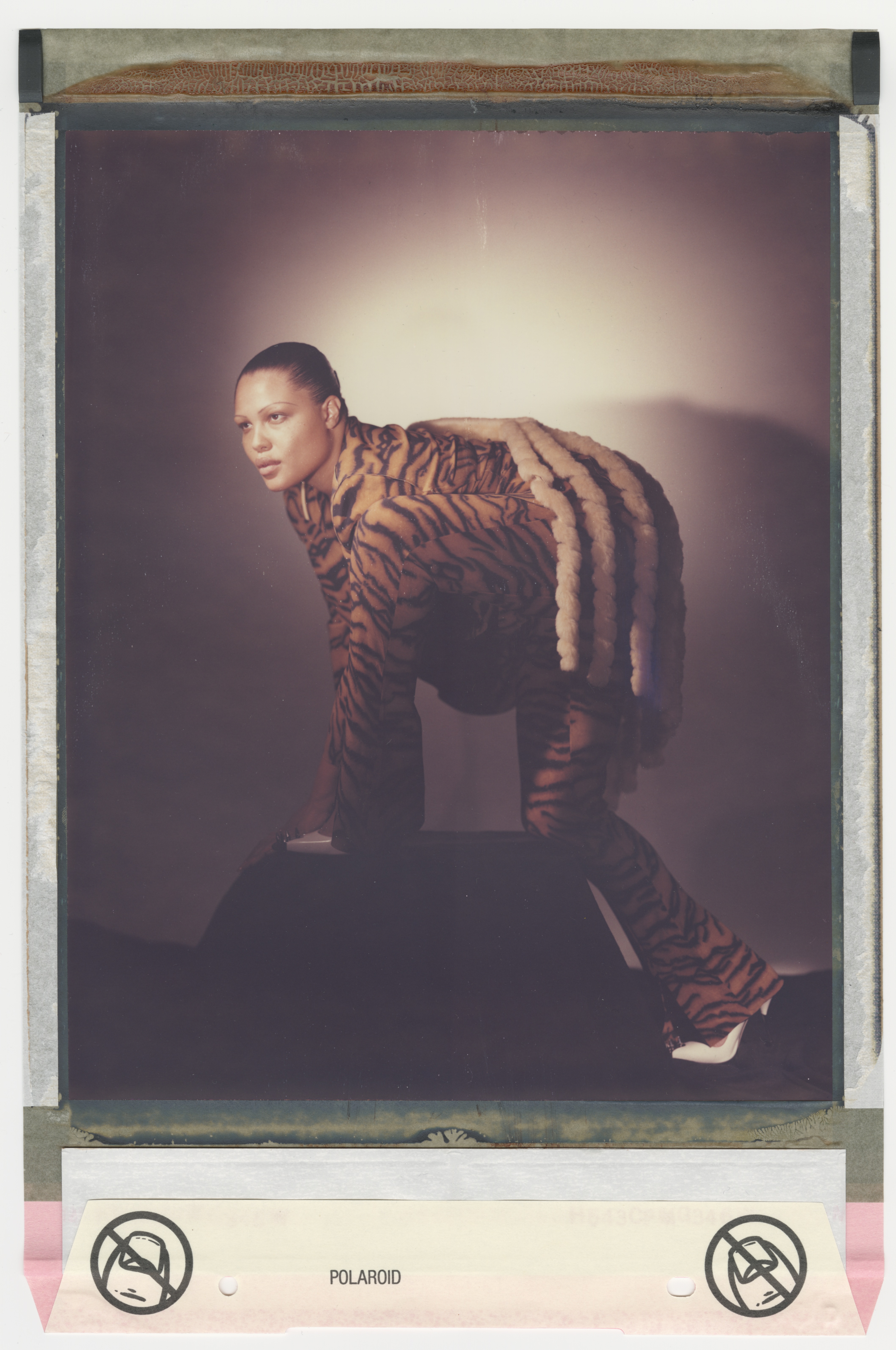
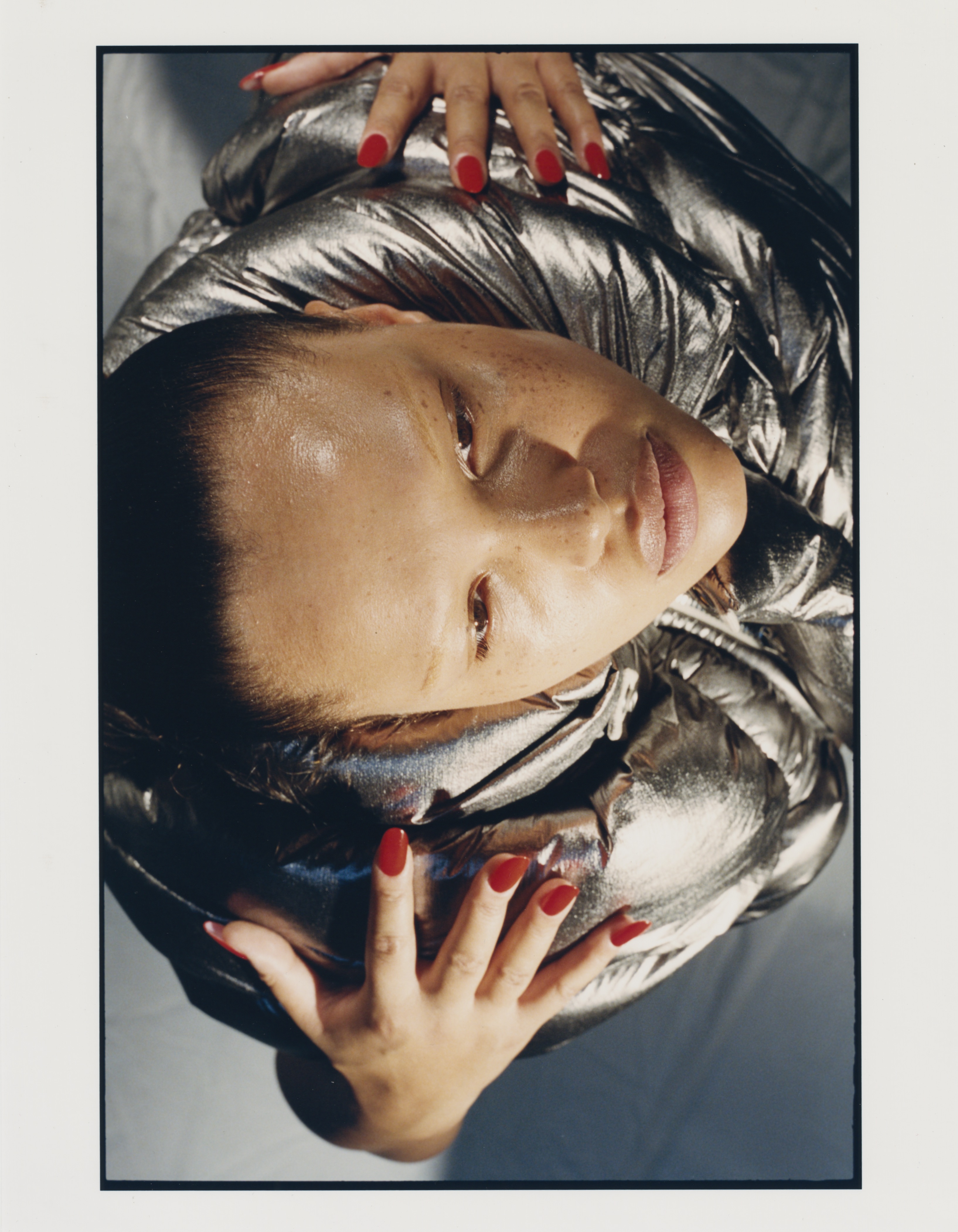

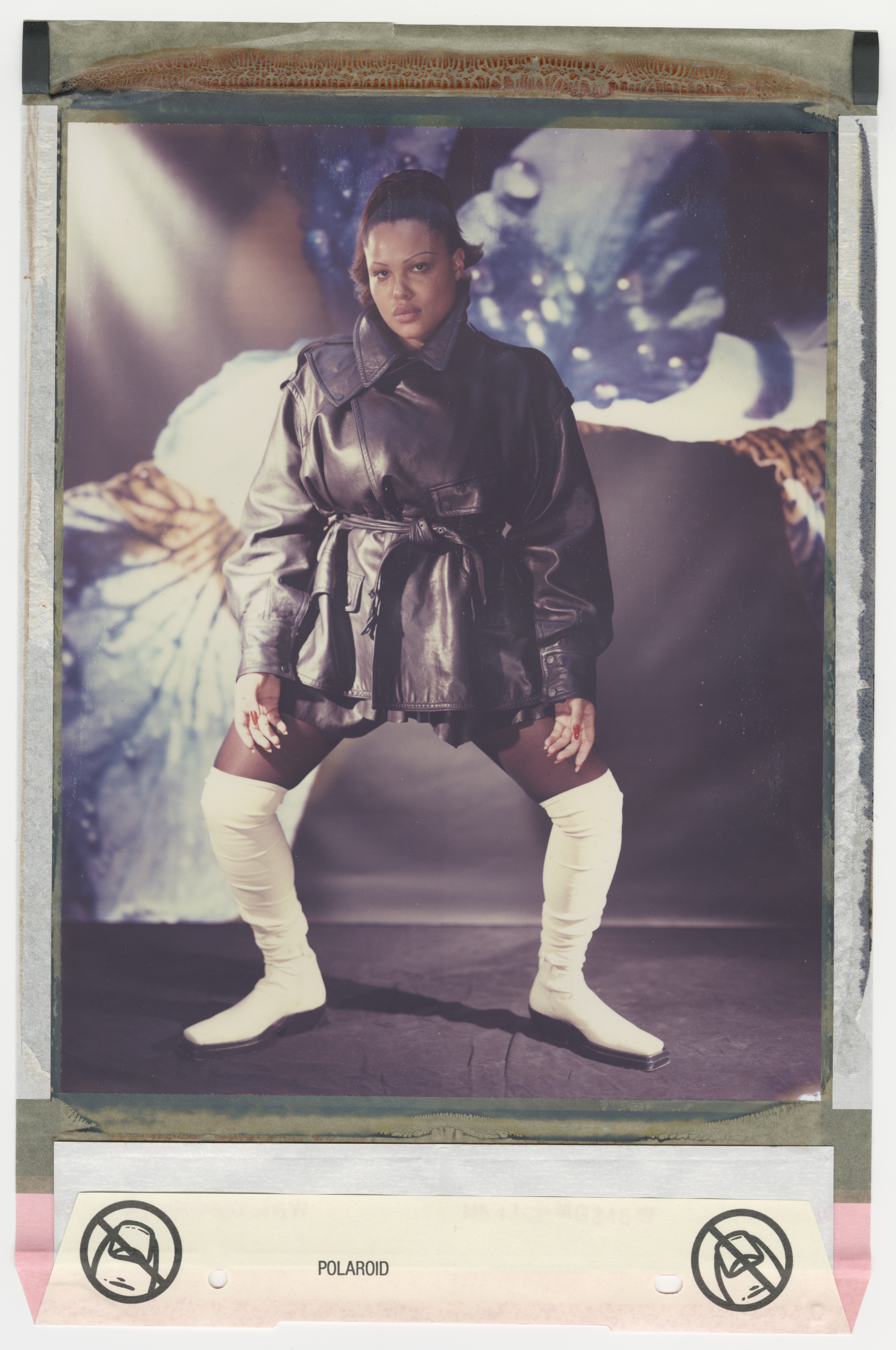
Stay informed on our latest news!

Dress by BARRAGAN, bags by BALENCIAGA, shoes by CHRISTIAN LOUBOUTIN













Photographs of models adorned in curated clothing and accessories are interspersed between tightly catchphrased posters (“TO MAKE YOUR LIFE MAGNIFICENT. ANYTIME. ANYWHERE”), campaign shots, and ephemera of the Hard Dressing ecosystem.
The work challenges the traditional notion of a catalog as purely pushing product — instead using the platform to integrate cultural critique, satire, content both fictional and real, and various personas including the “Fashion Critic” and “Dark Fashion Try Hard.” The guide is meant to help readers navigate the dark complexities of the fashion system, which ultimately, as Johnson explains, reinforces inequalities and furthers the issues at-hand.
A tangible extension of this vision, each page turns like a chapter in her ongoing narrative about class and identity. It harkens back to the world of K-HOLE, a similarly influential series of thought leadership publications released in the 2010s around notions of youth culture, branding, normcore, and contemporary discourse on style.
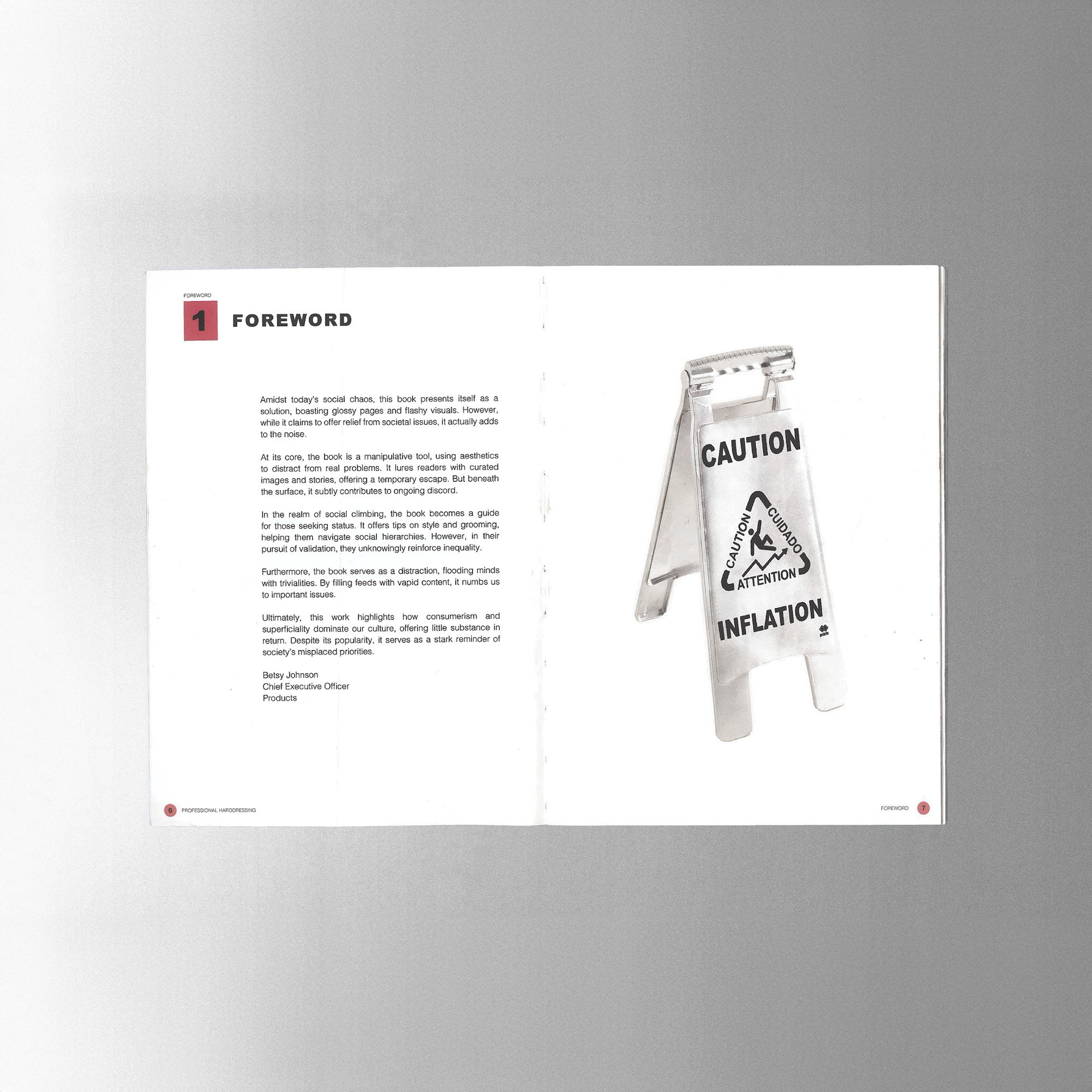
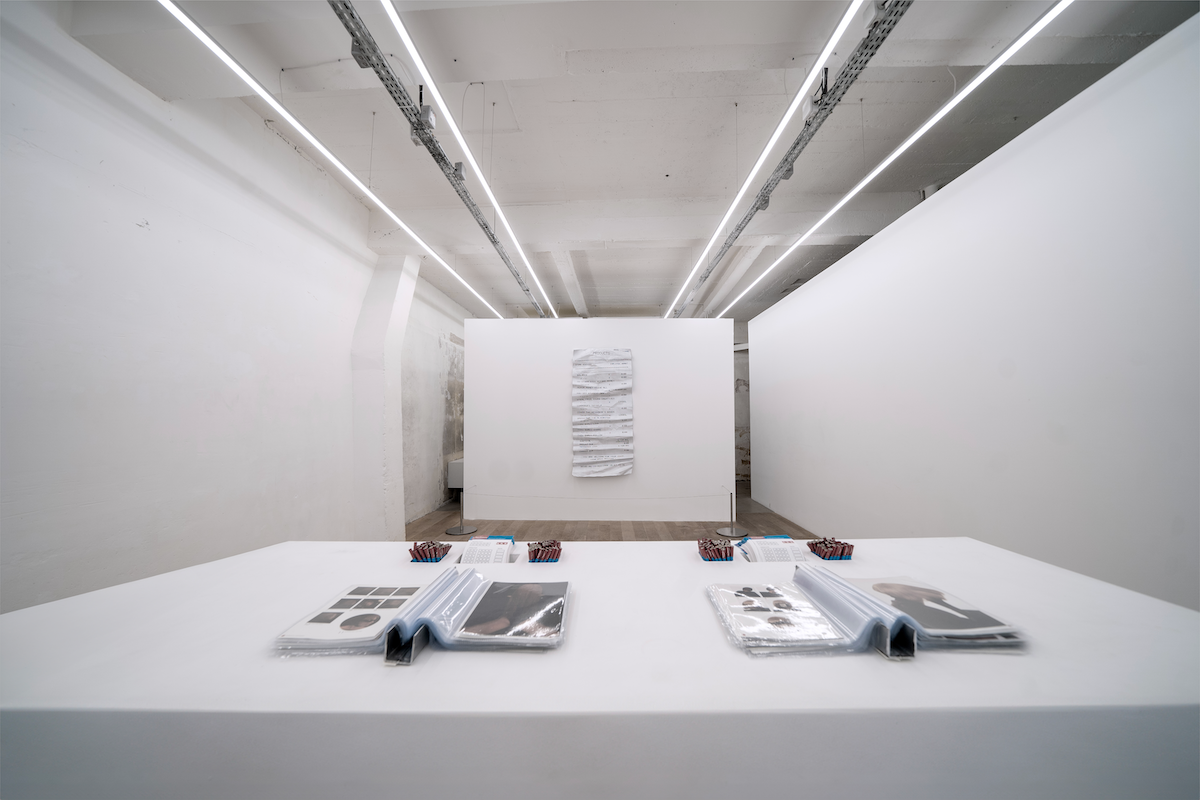
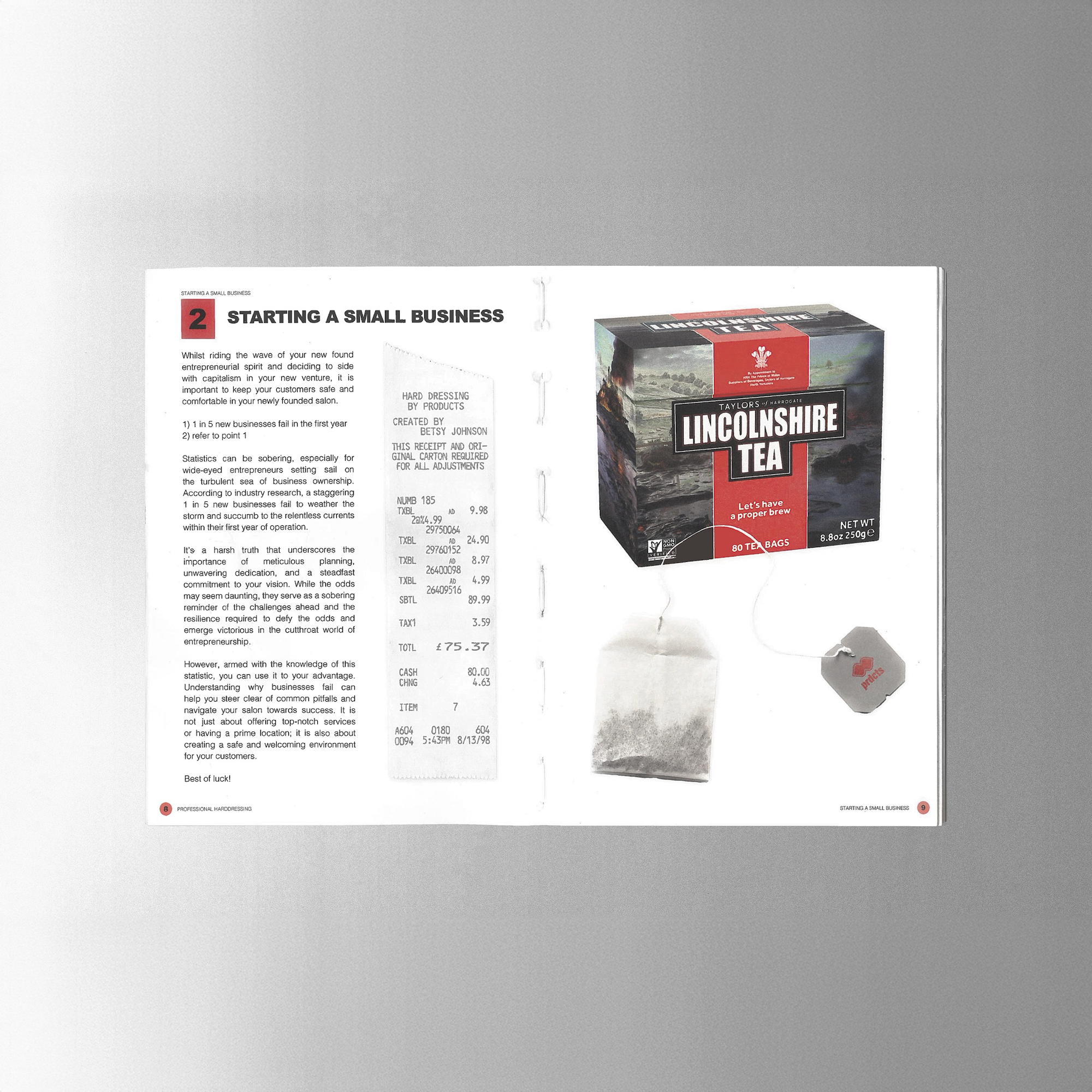
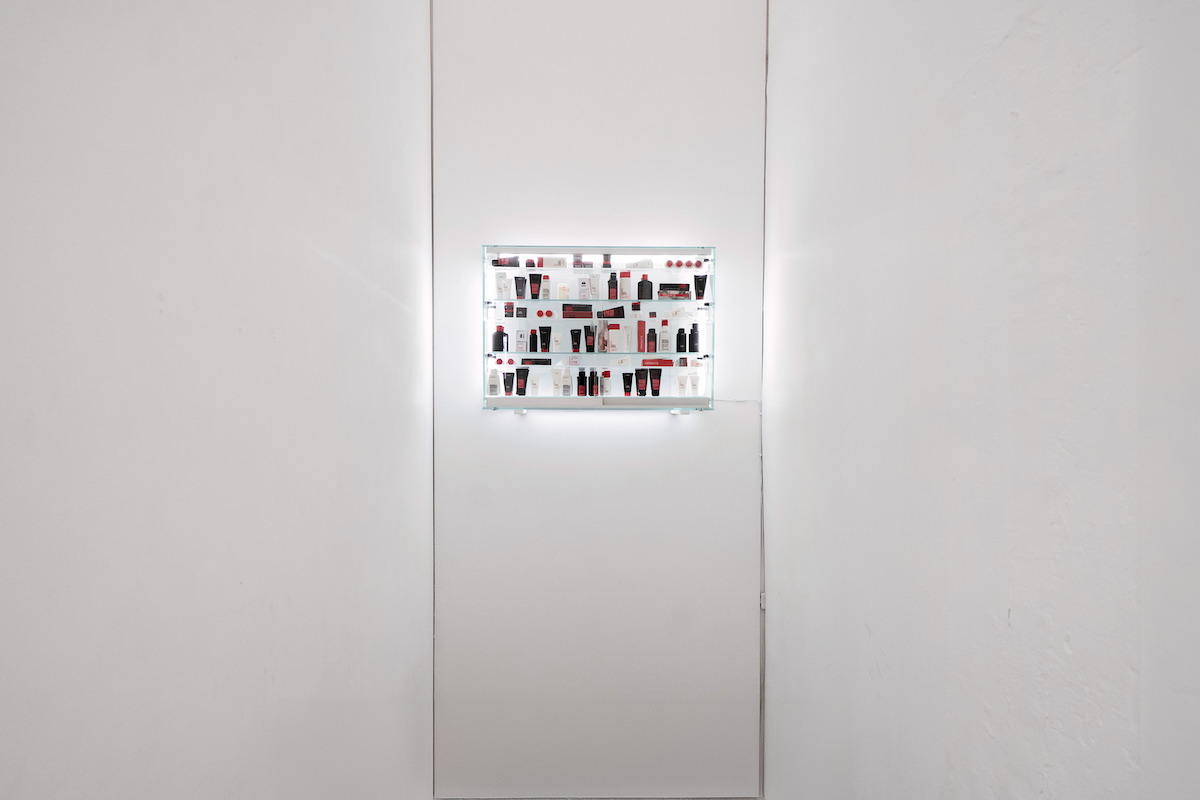

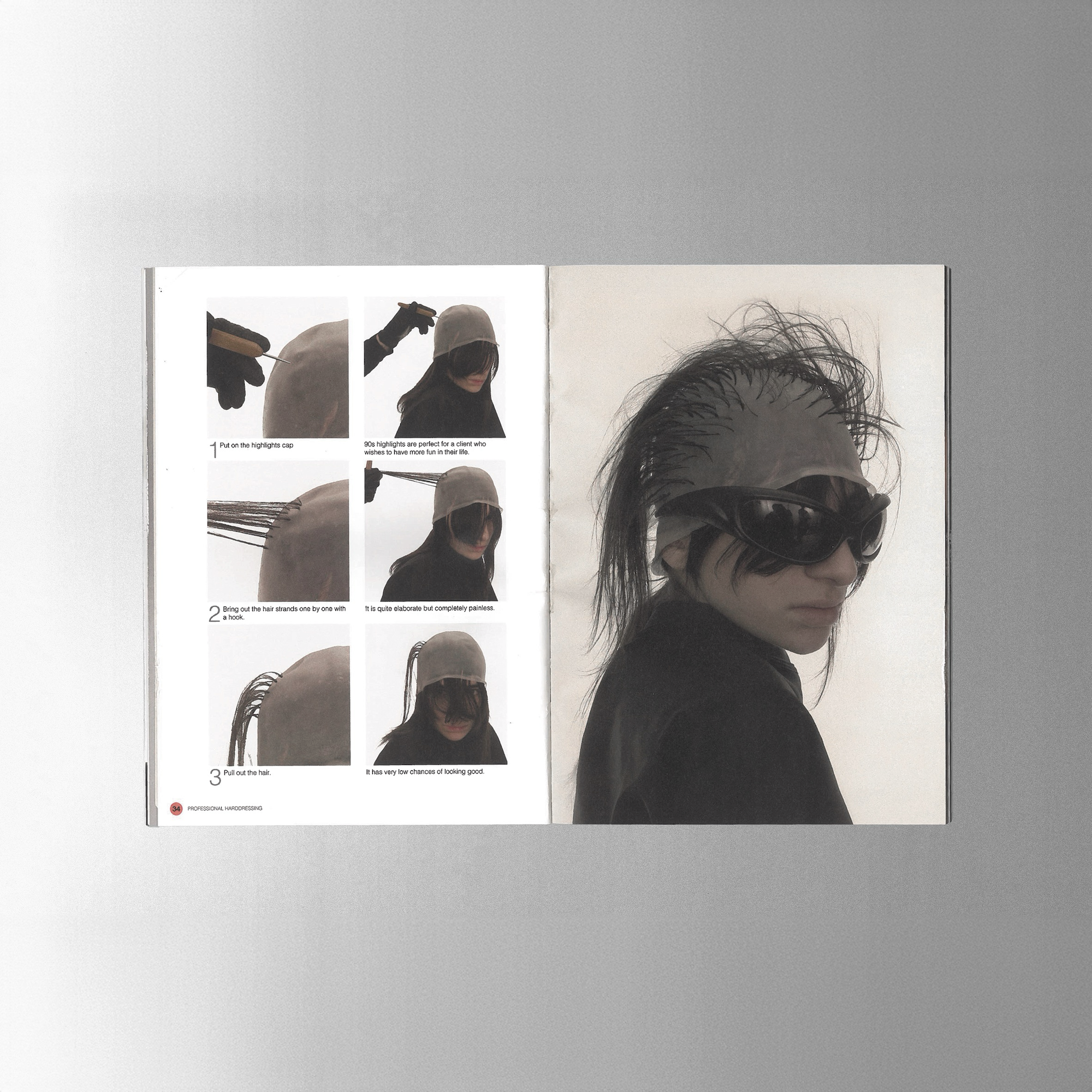


In March, Johnson introduced the world of Hard Dressing to audiences through a 24-hour livestream in a recreation of her mother’s salon during Paris Fashion Week, with special contributions from catalog collaborators Hugo Comte and Charlie le Mindu, as well as Yves Tumor and her commerce partner Basic.Space. A QVC-inspired reel by Éamonn Zeel Freel, a special poster, and mysterious tube of “PRODUCTS” accompanied the launch.
The follow-up to this initiation arrived in a June presentation at Paris gallery Sultana, where the concept came to life through a series of installations including a medicine cabinet of faux-bath products — “scaled-down deep fake beauty products referencing hair products and their relationship to Johnson’s coined ‘class camouflage,’” as the exhibition brochure read. A spray of human hair and synthetic wigs, sourced by set designer and frequent collaborator Rebecca Ilse from salons across Paris, was strewn across the space’s floor; "Do Not Touch the 'ART'" was scrawled across a column.
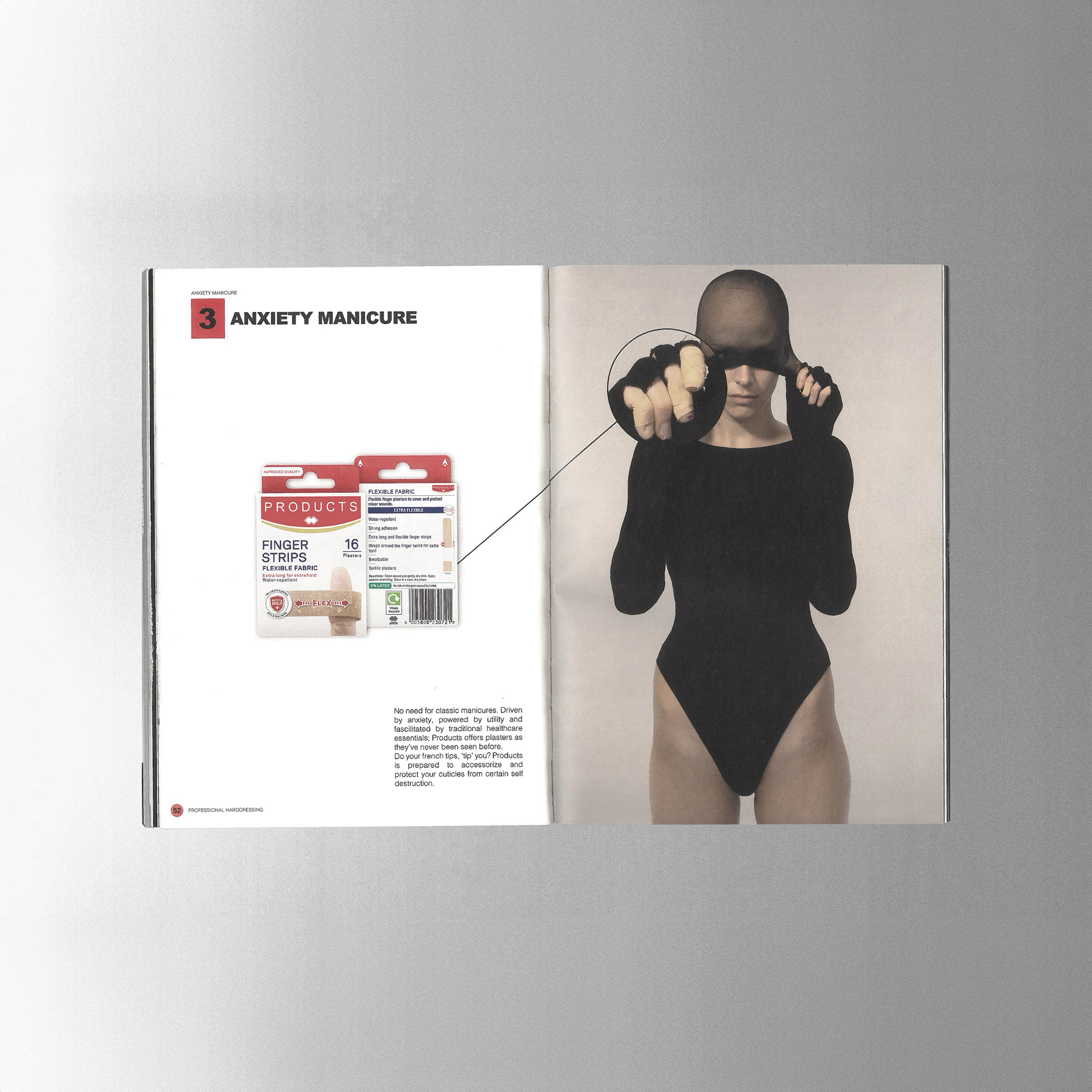
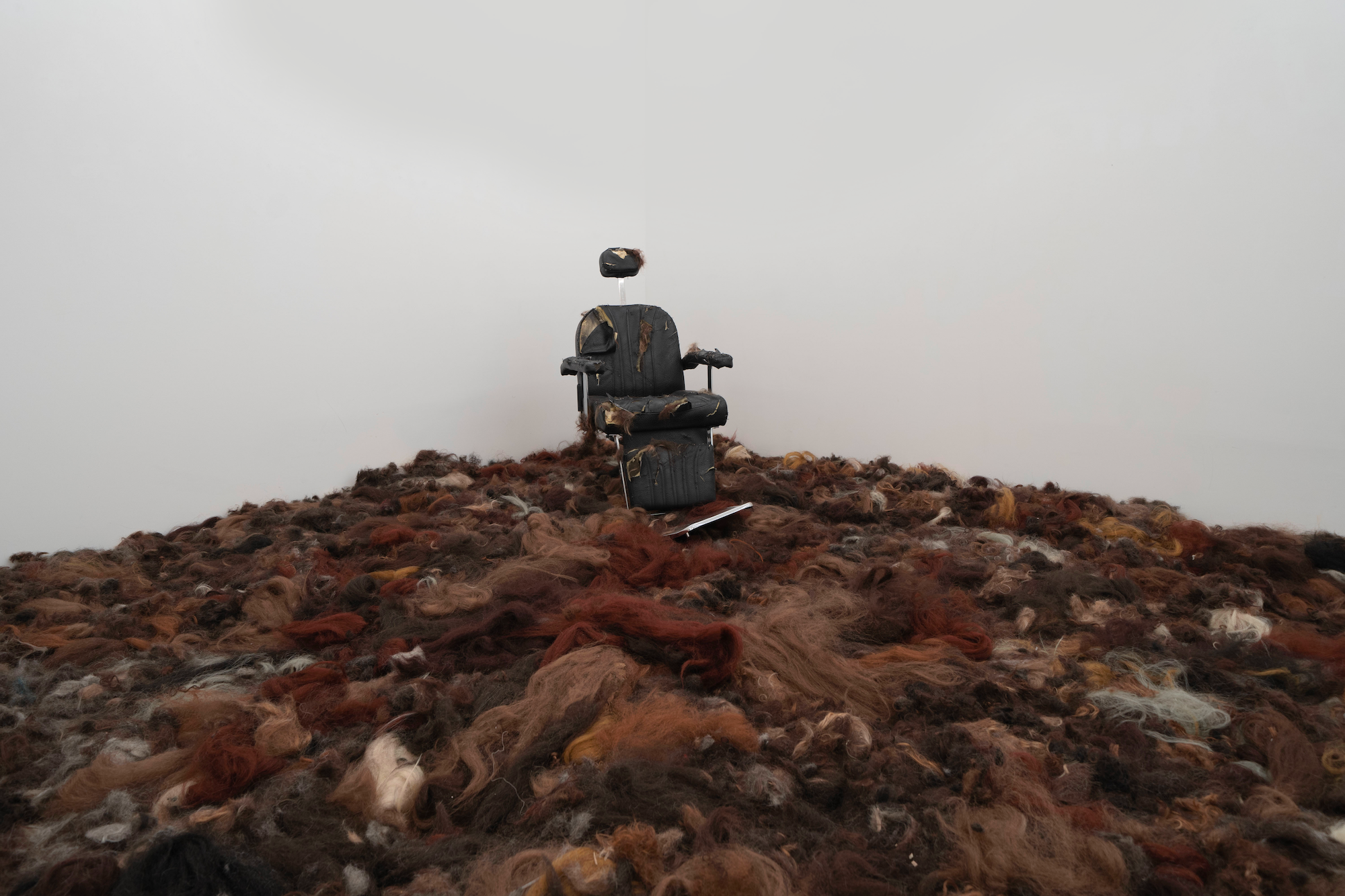
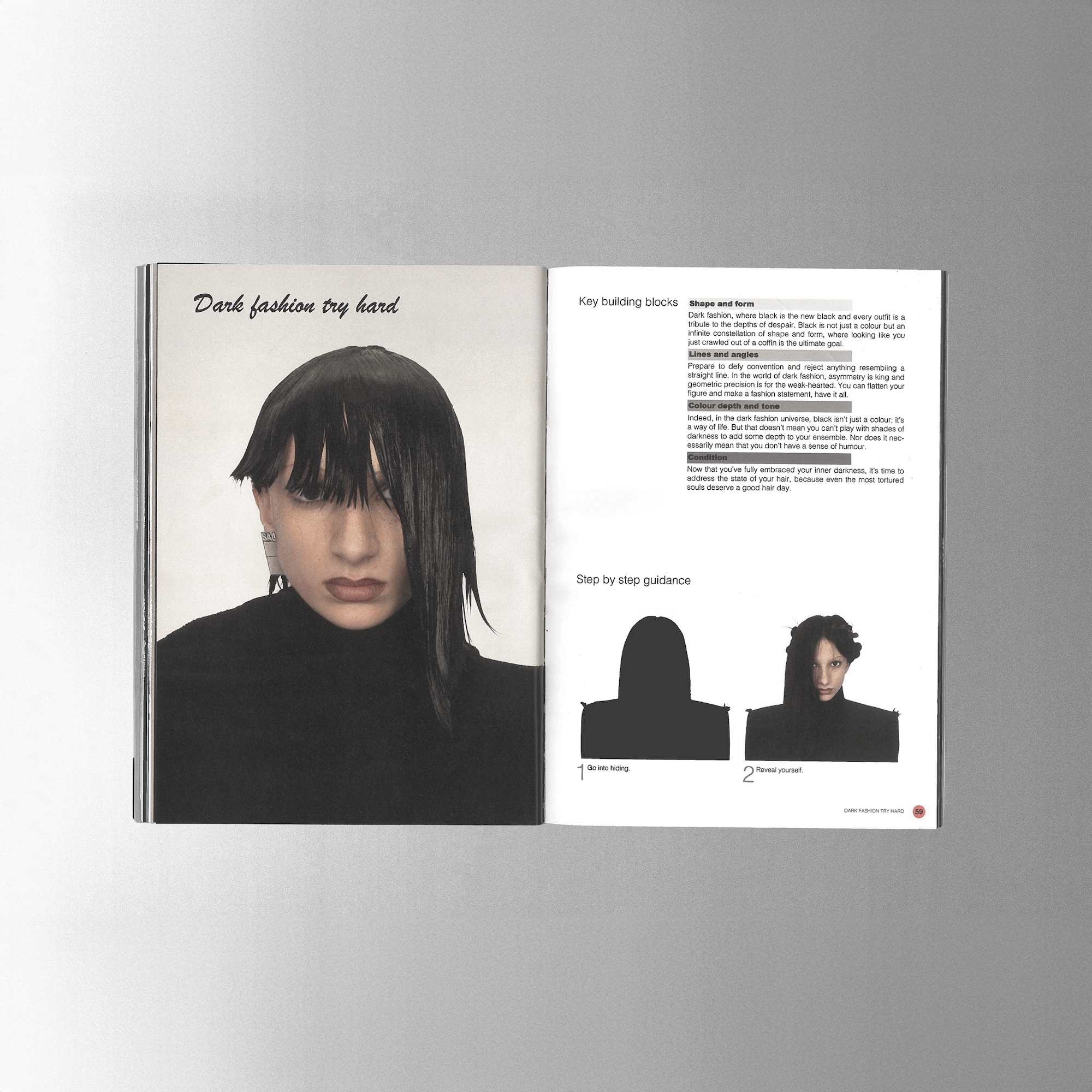
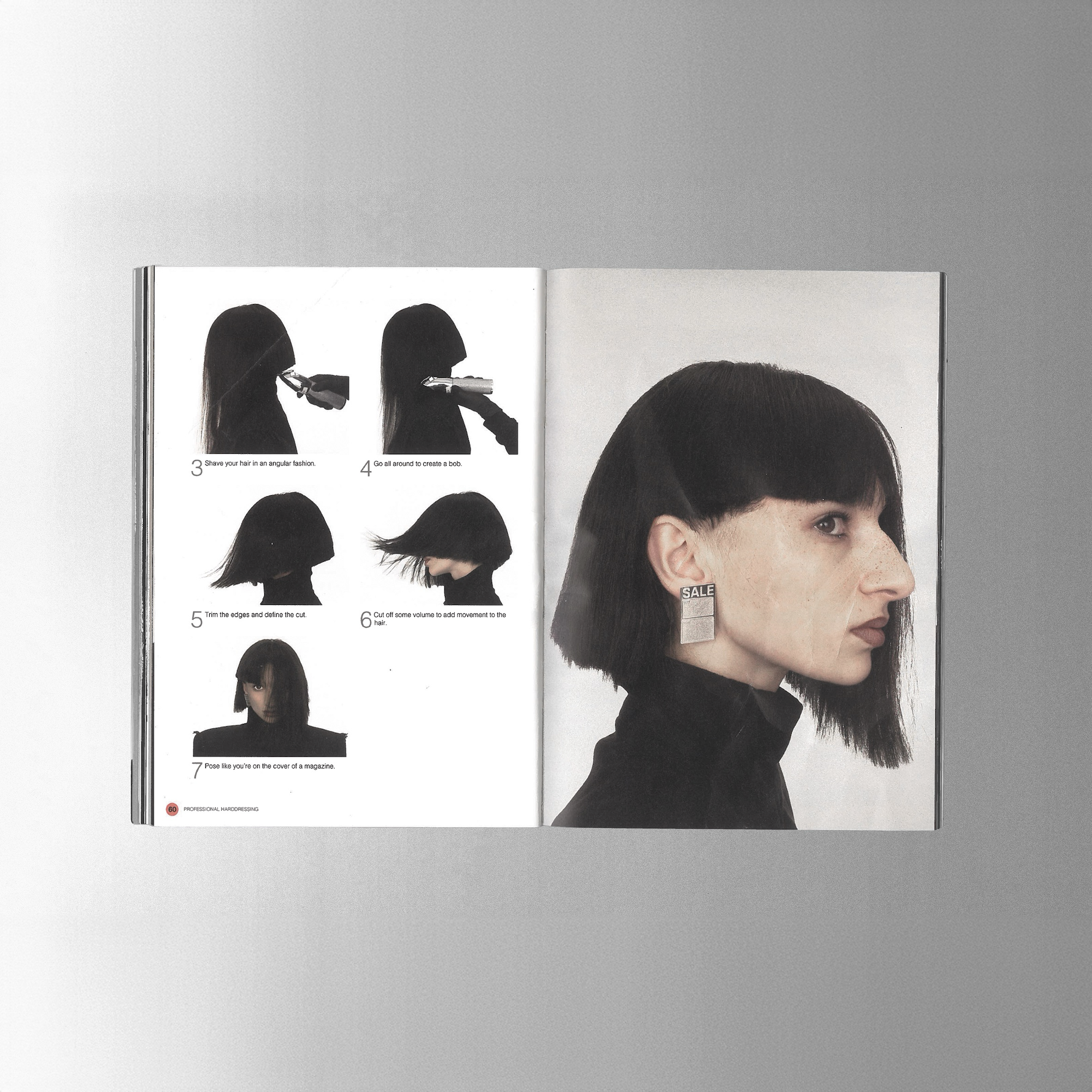
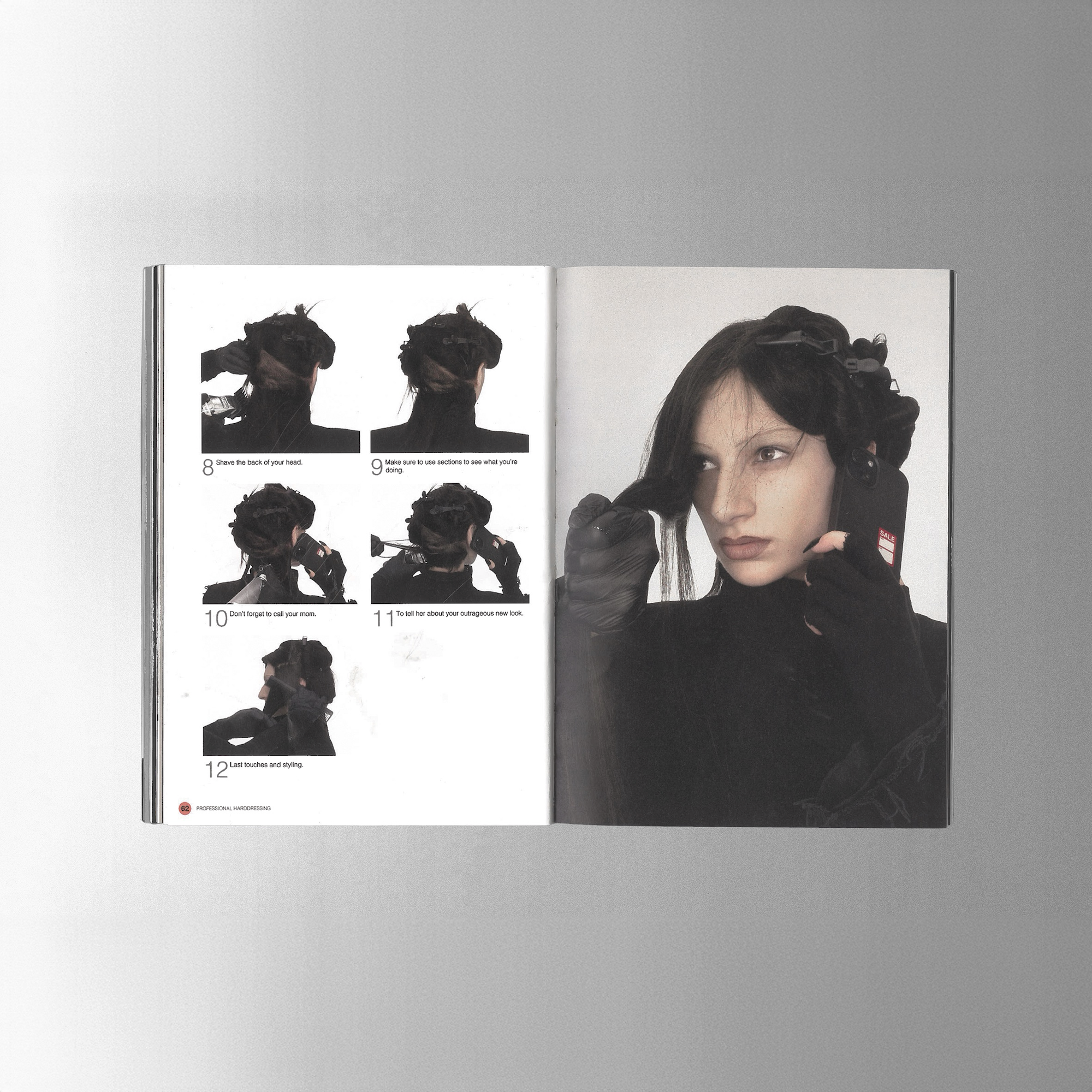
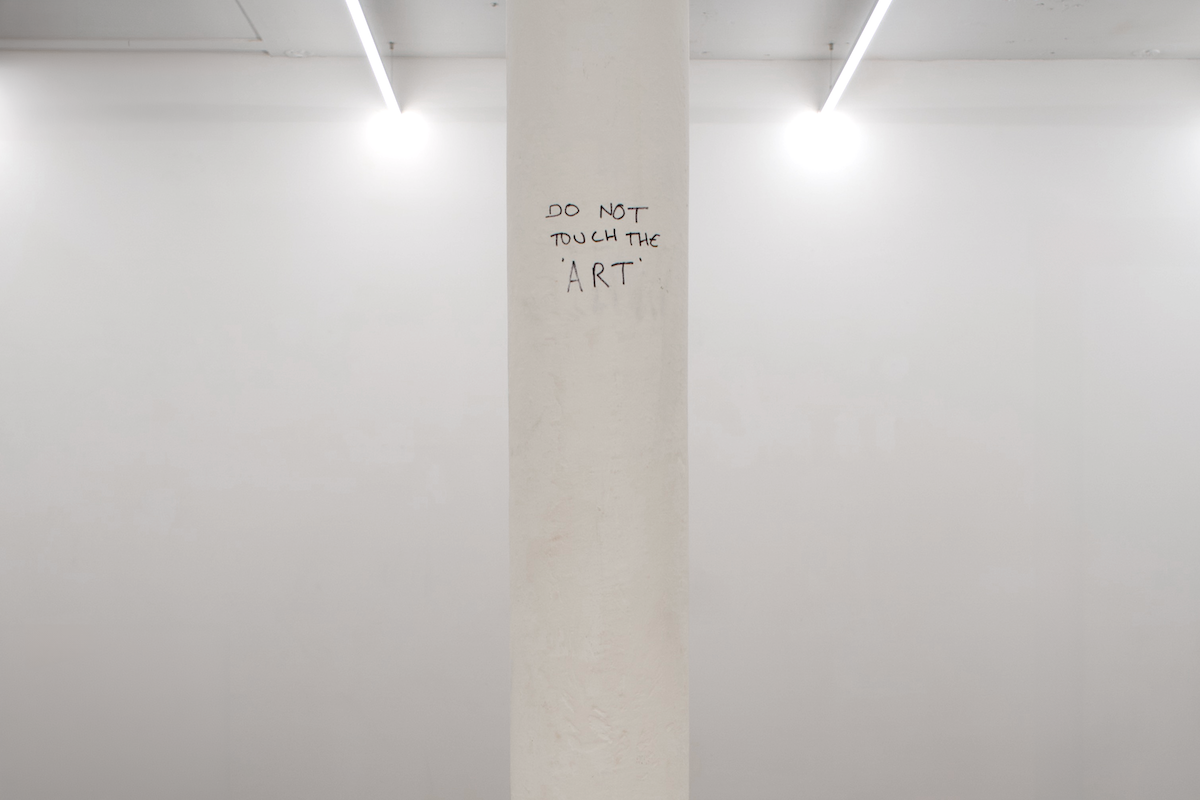


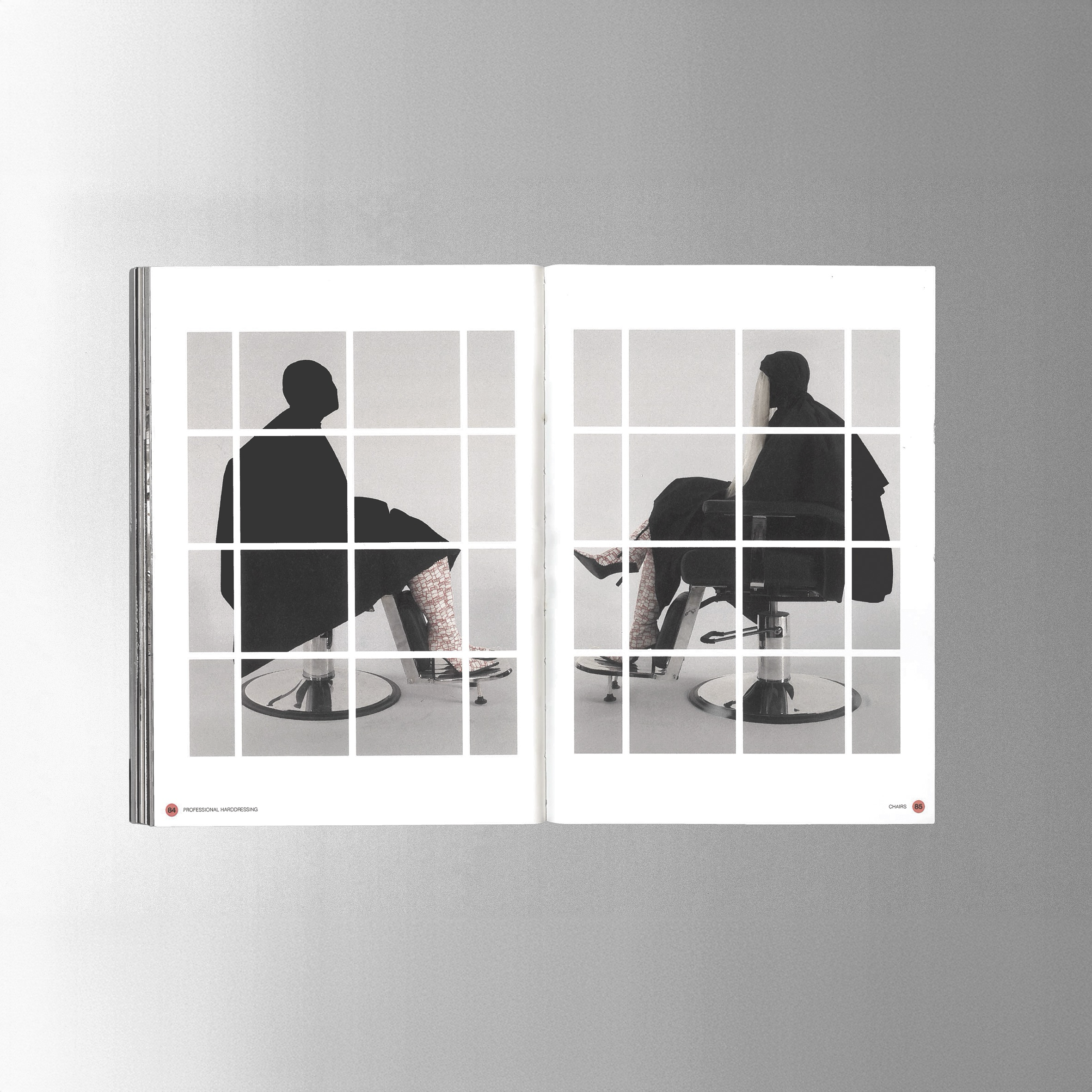

The multi-channel offerings of Hard Dressing speak to Johnson’s commitment to defiant, multilayered critique of the fashion industry’s complexities. In a sartorial landscape full of shifts both lamented and lauded — where the much-dreaded return of the “skinny” and dilution of heritage brands’ creativity in favor of sales coexist alongside a breathless assortment of buzzy emerging lines, and the creatives who support their endeavors (Johnson among them) — Hard Dressing emerges as both a voice of reason and revelation. “Ultimately this work highlights how consumerism and superficiality dominate our culture, offering little substance in return,” Johnson concludes in the catalog’s foreword.
We now await the next iteration of this project with baited breath, should there be one on the horizon.
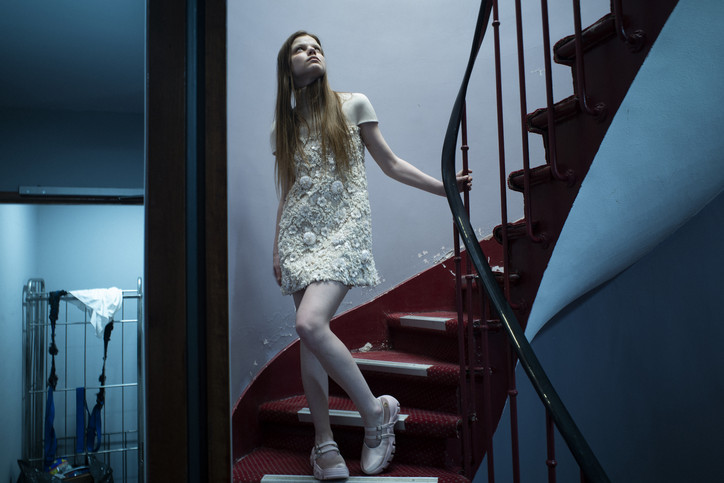
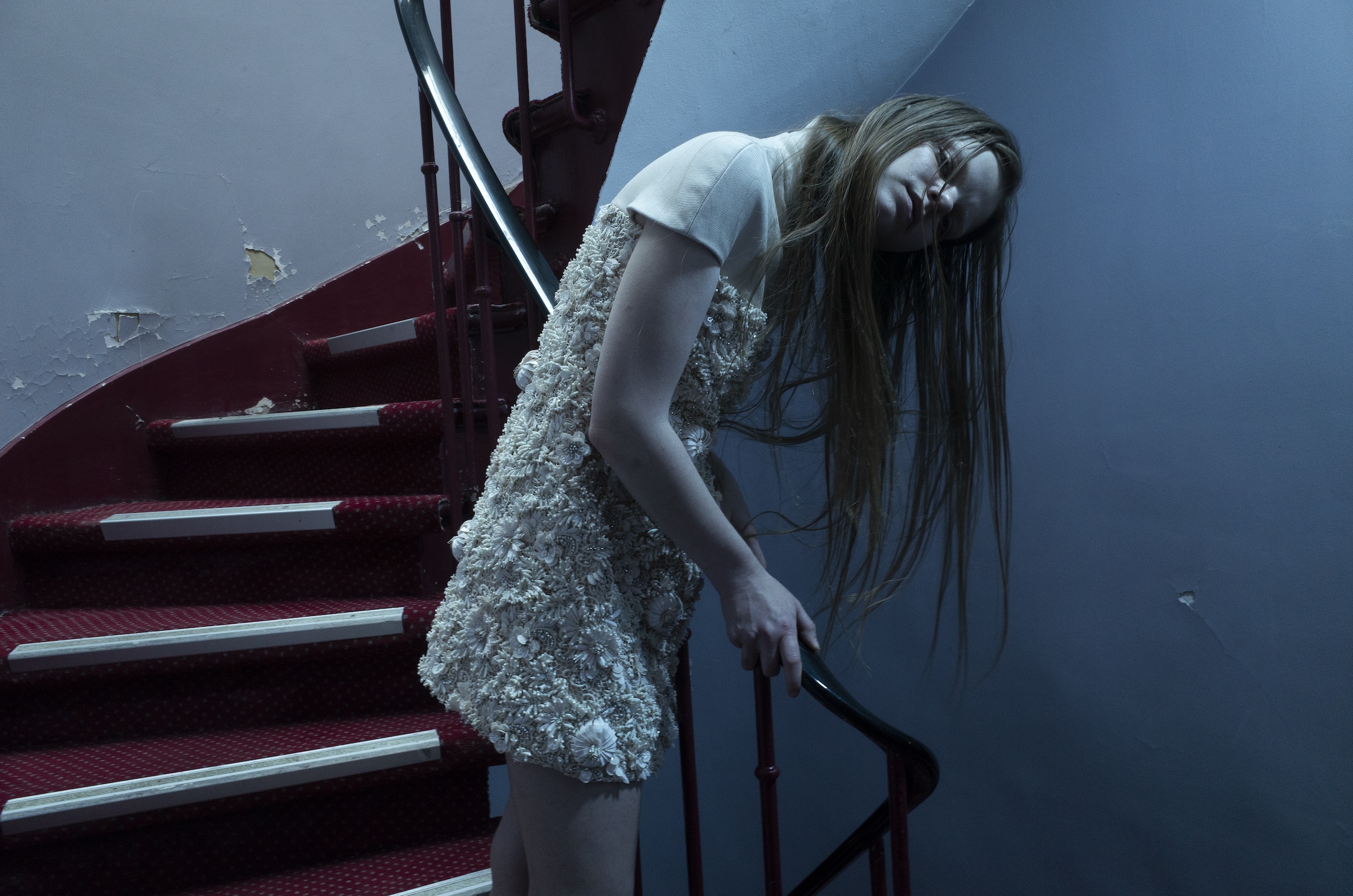
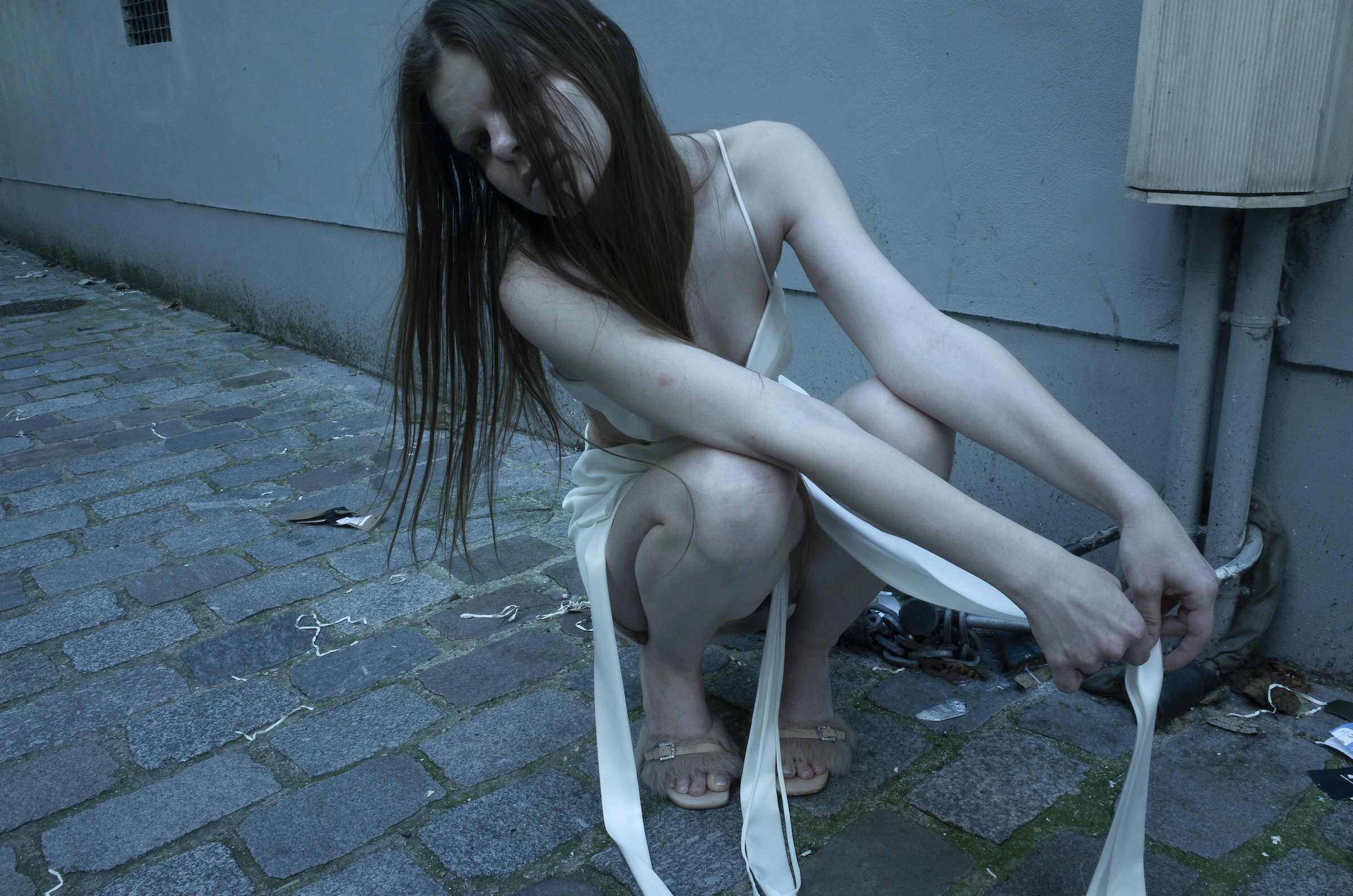
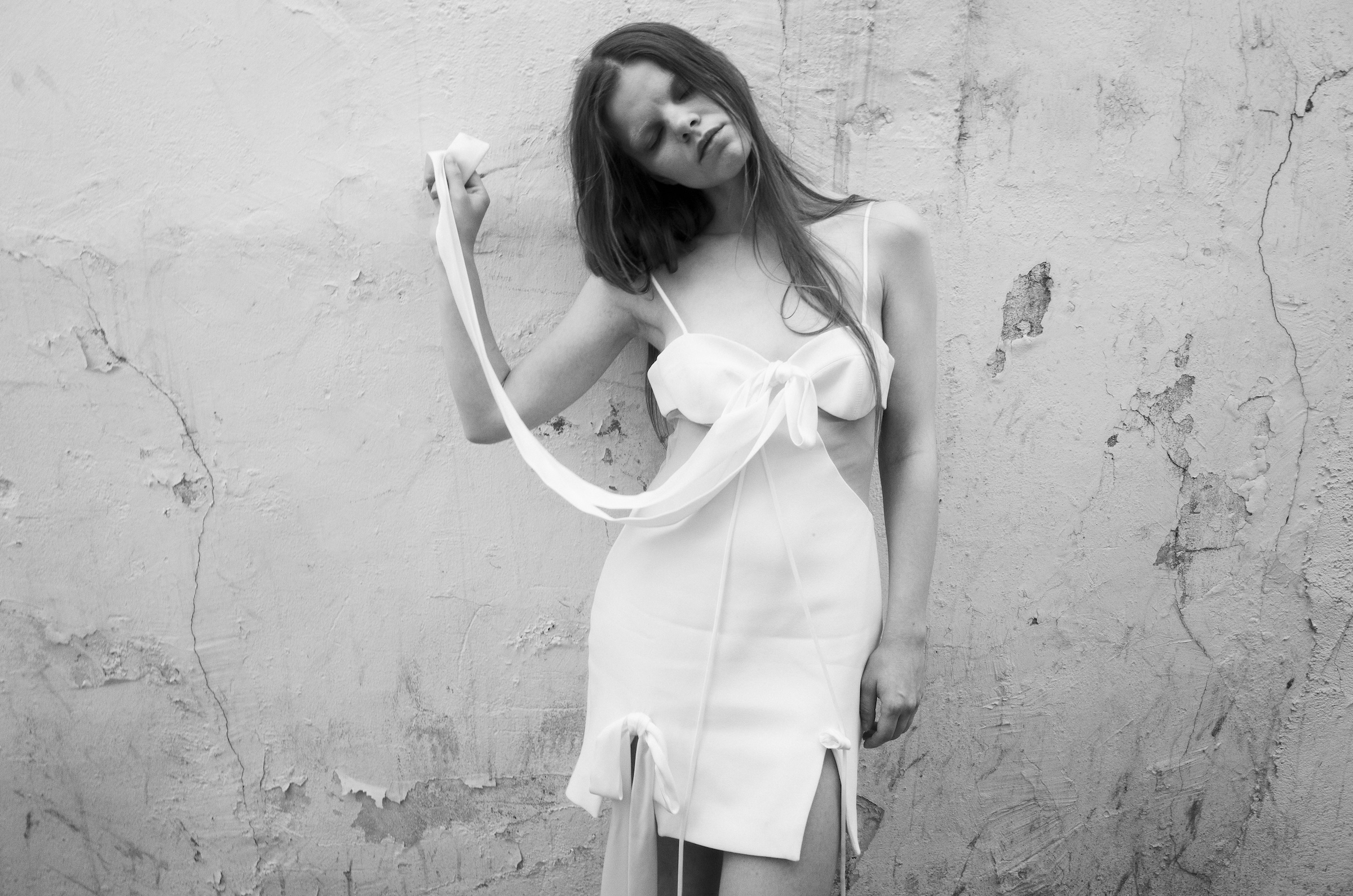
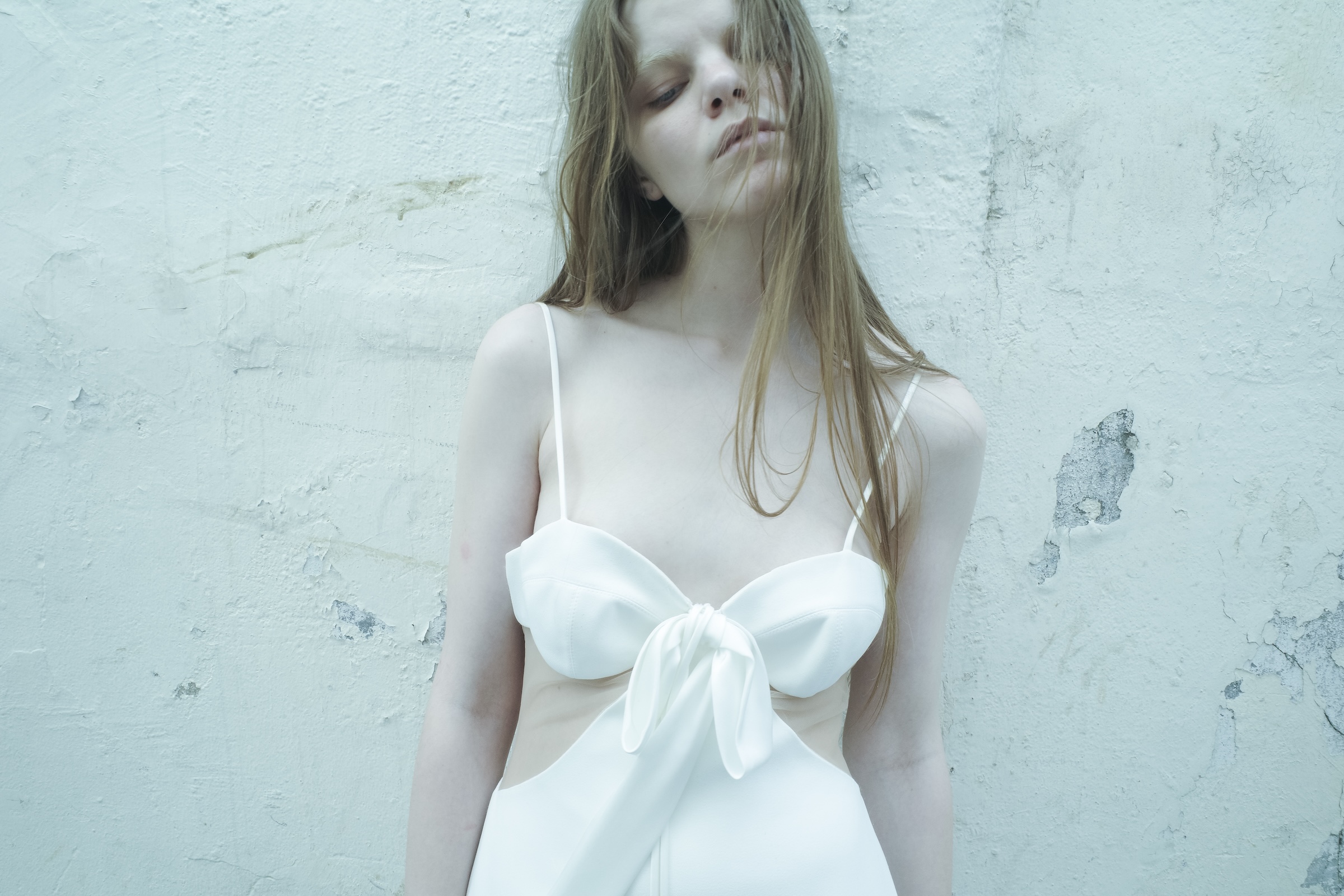
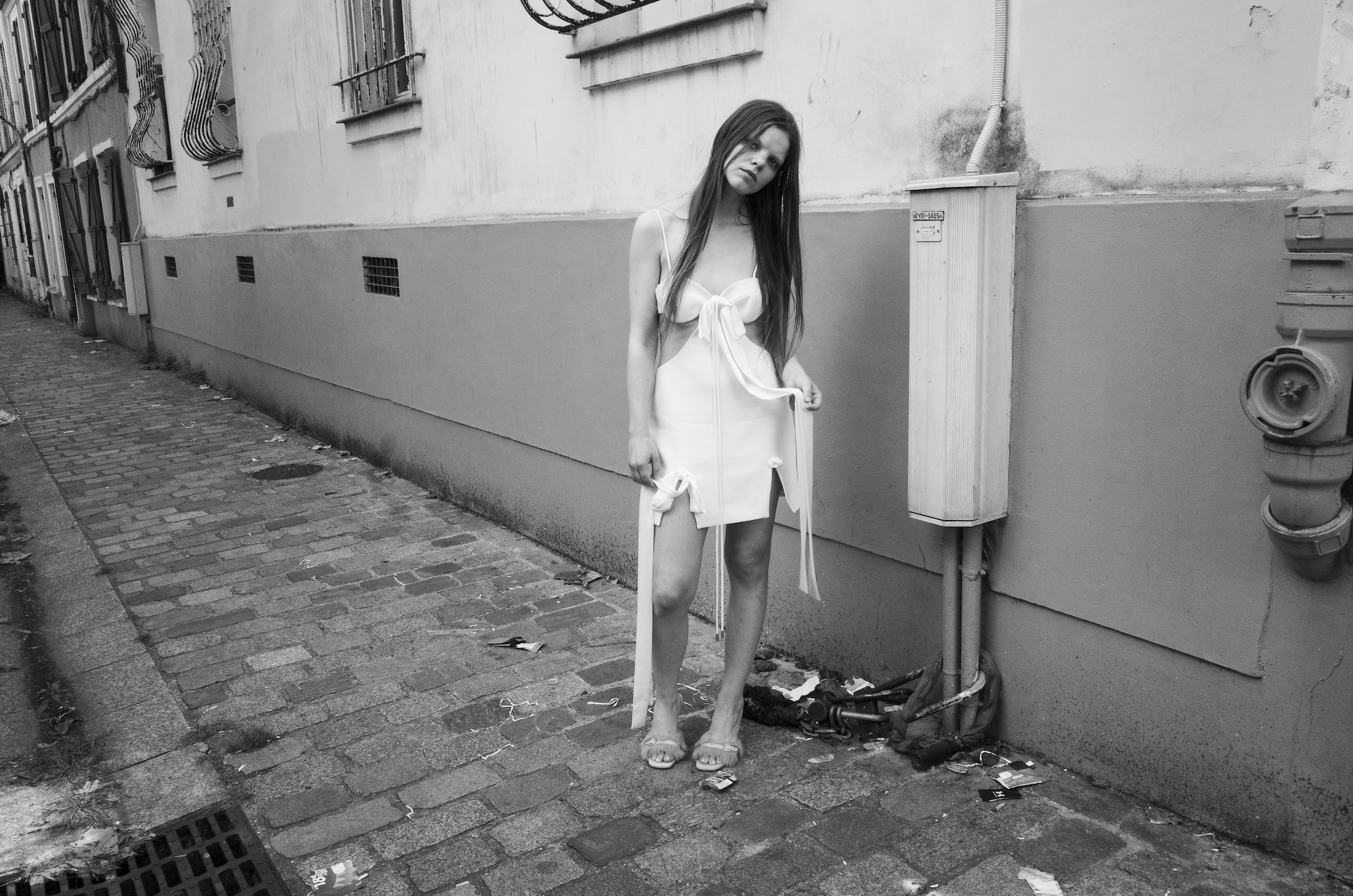
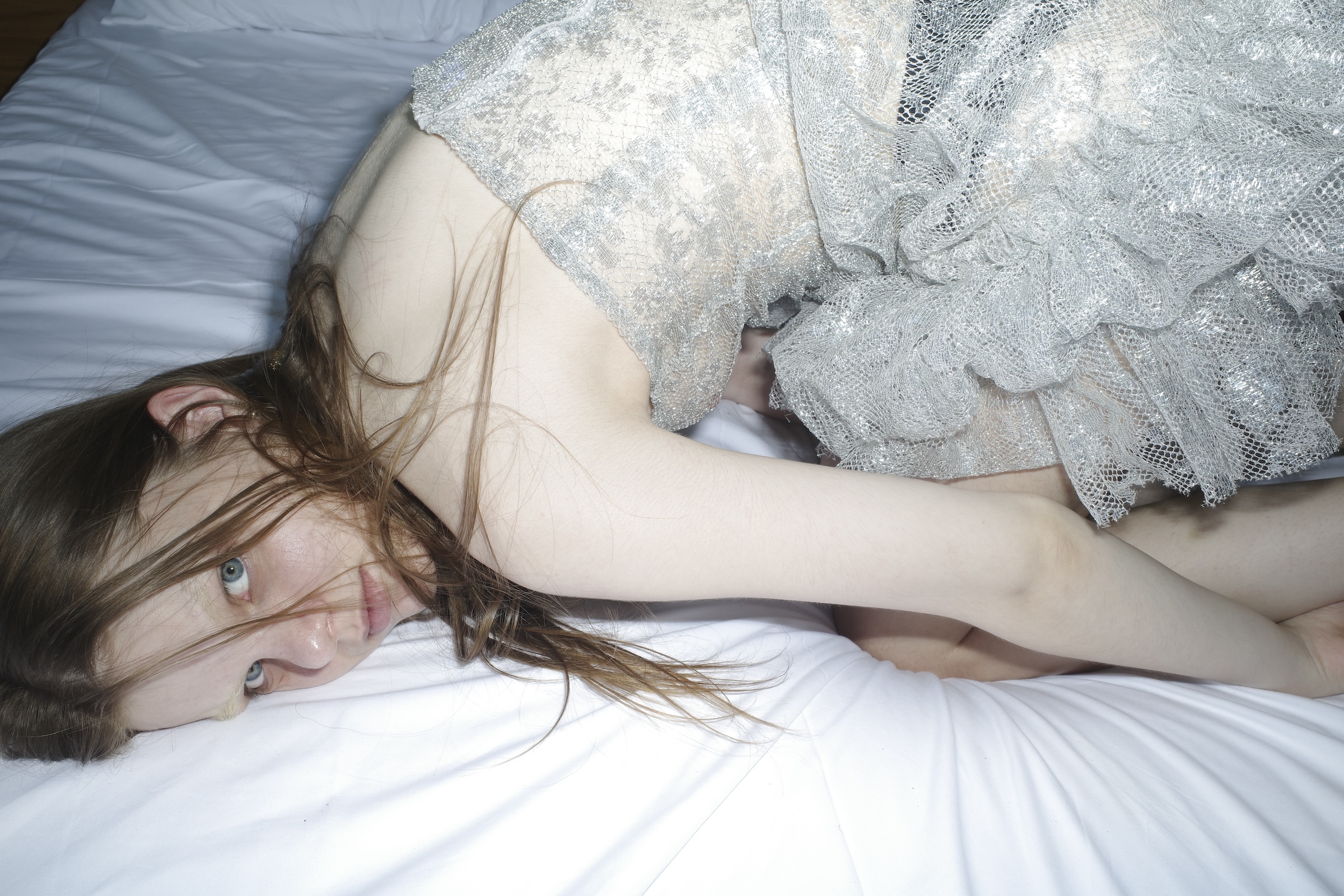
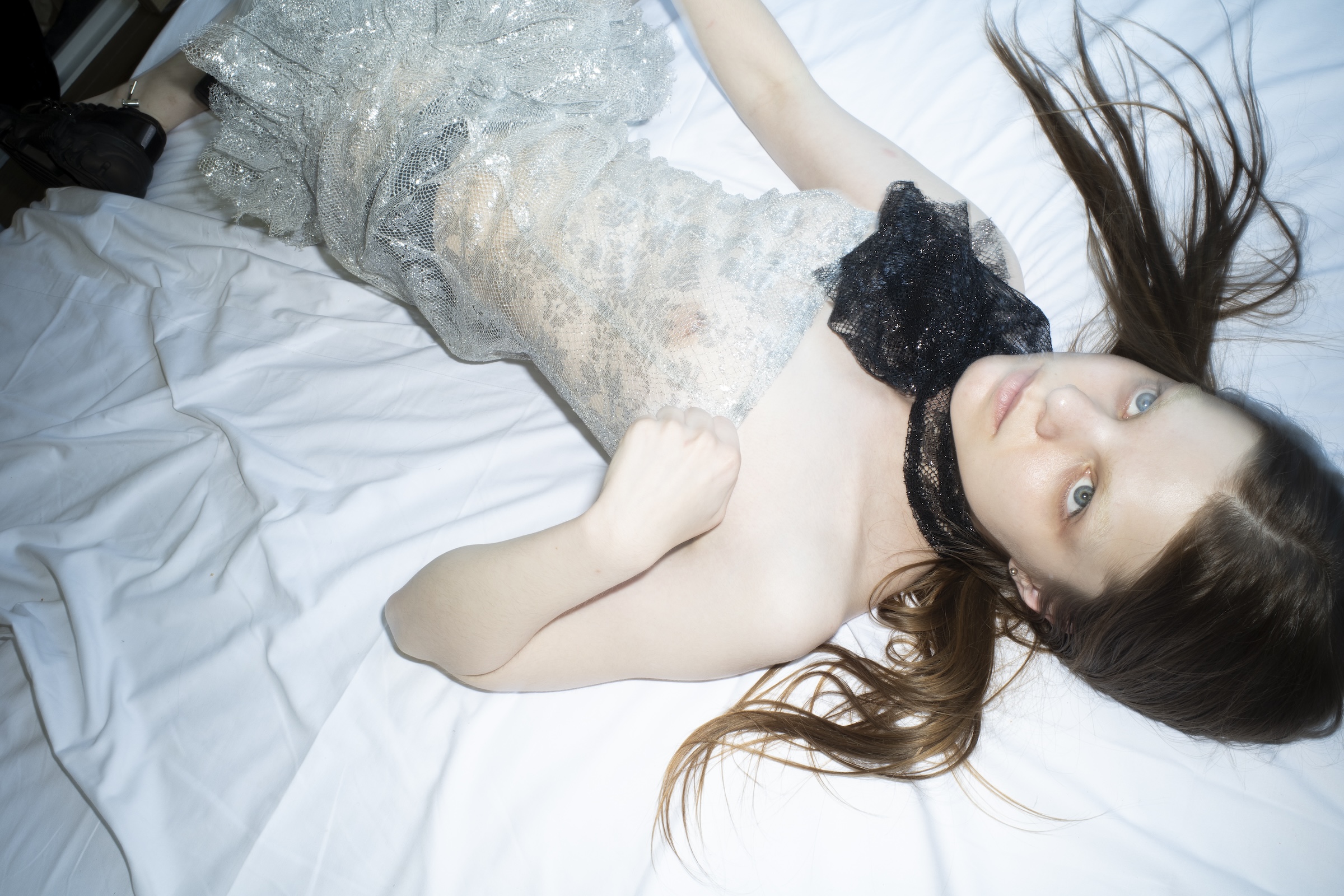
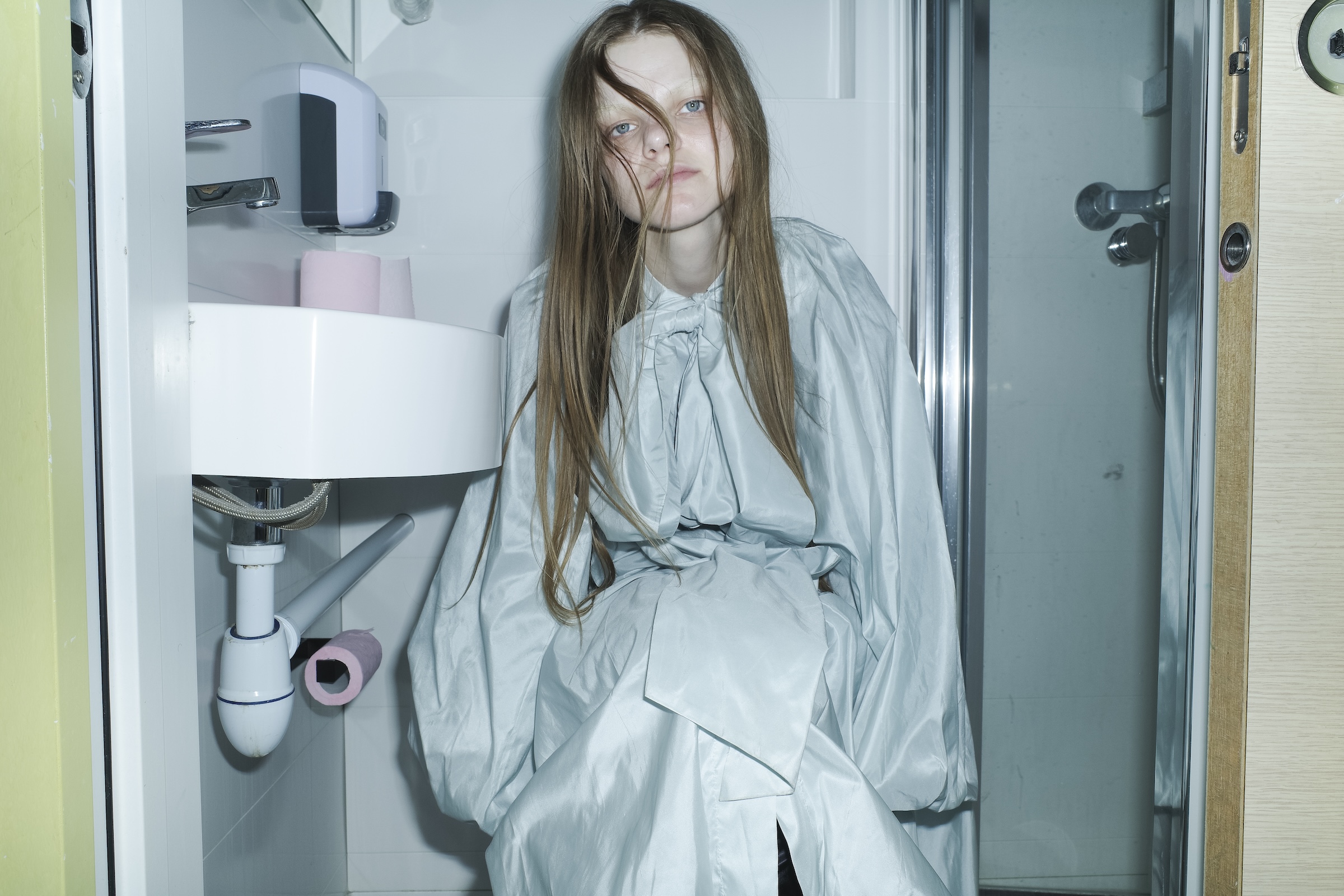
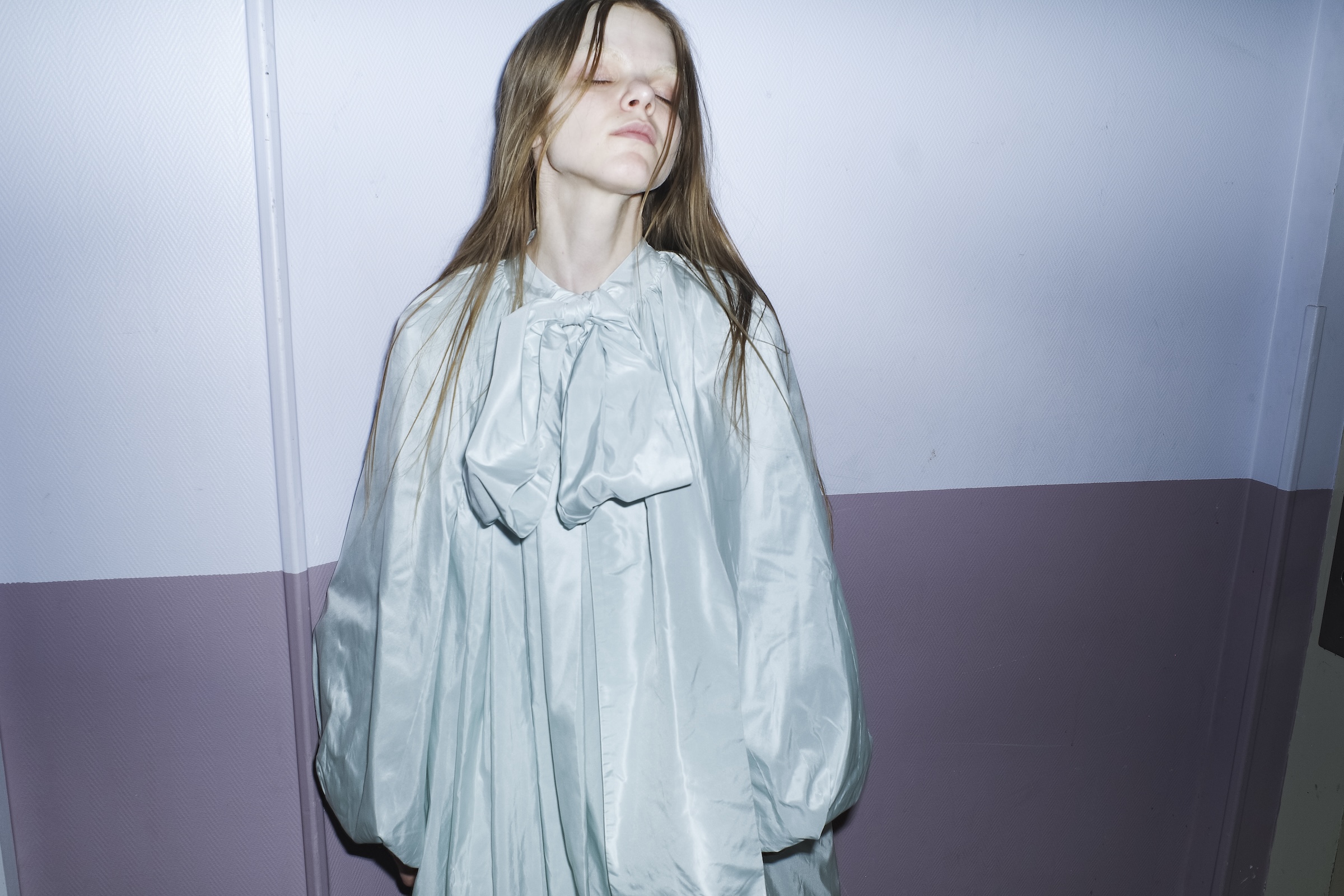
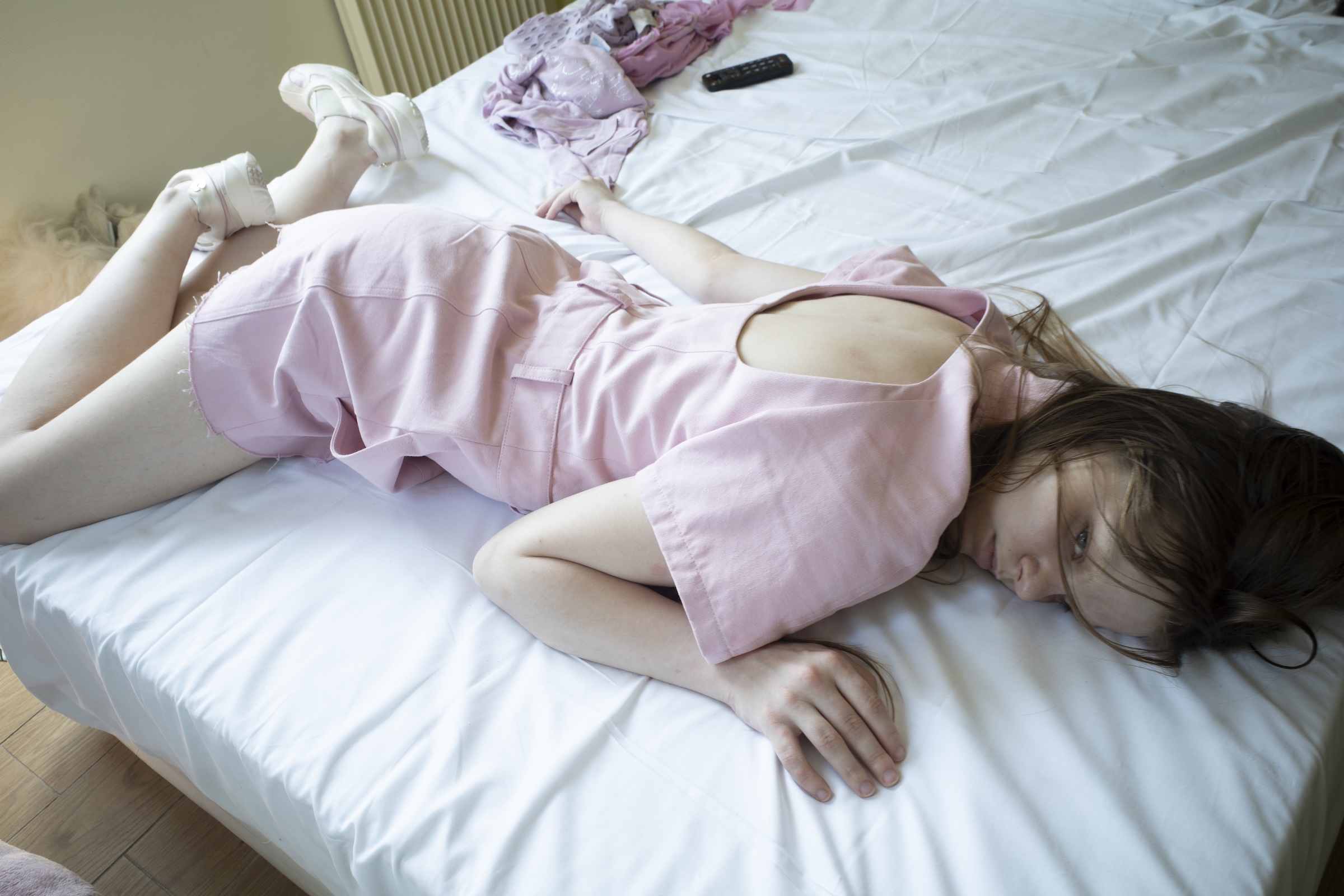
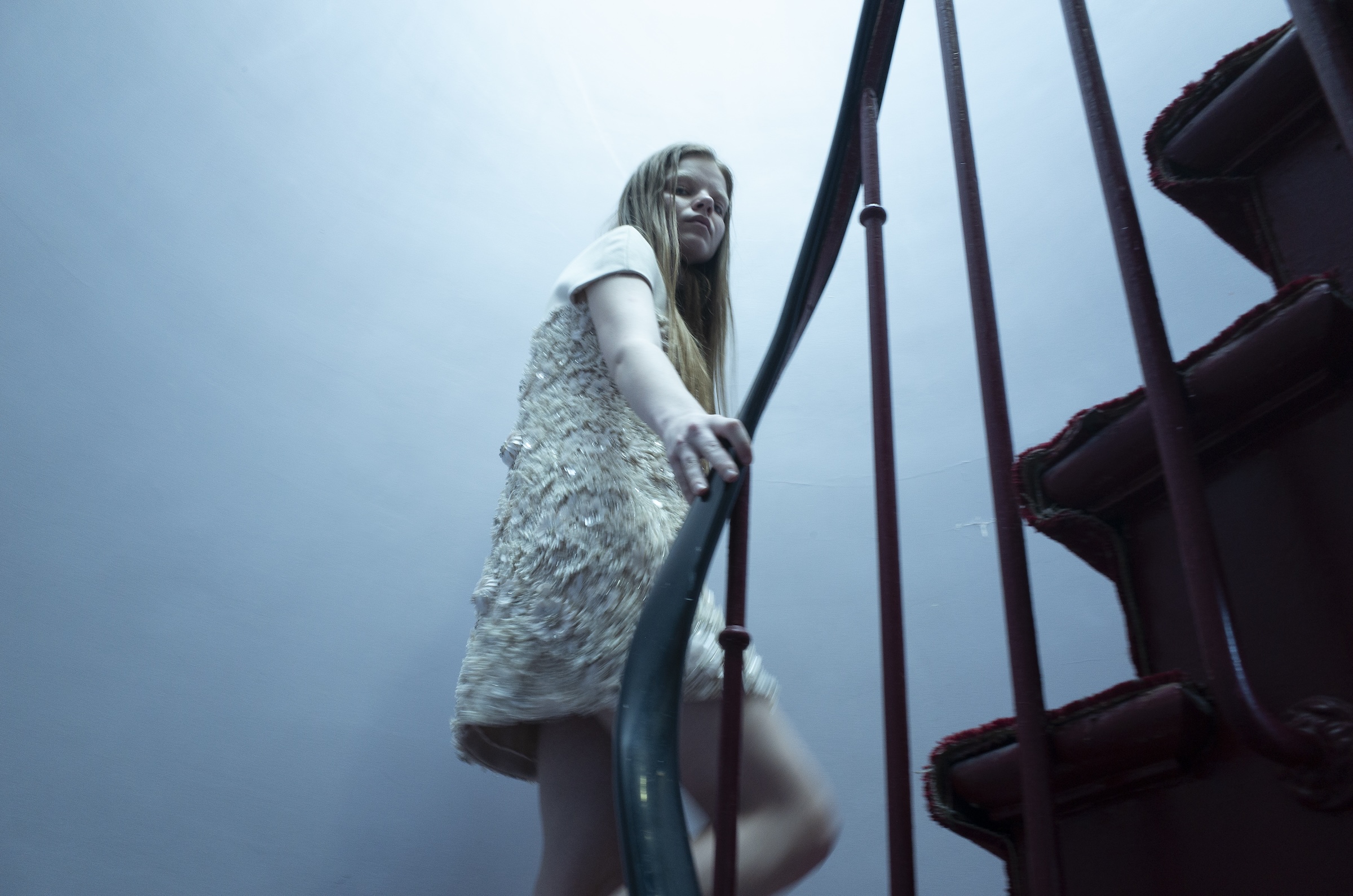
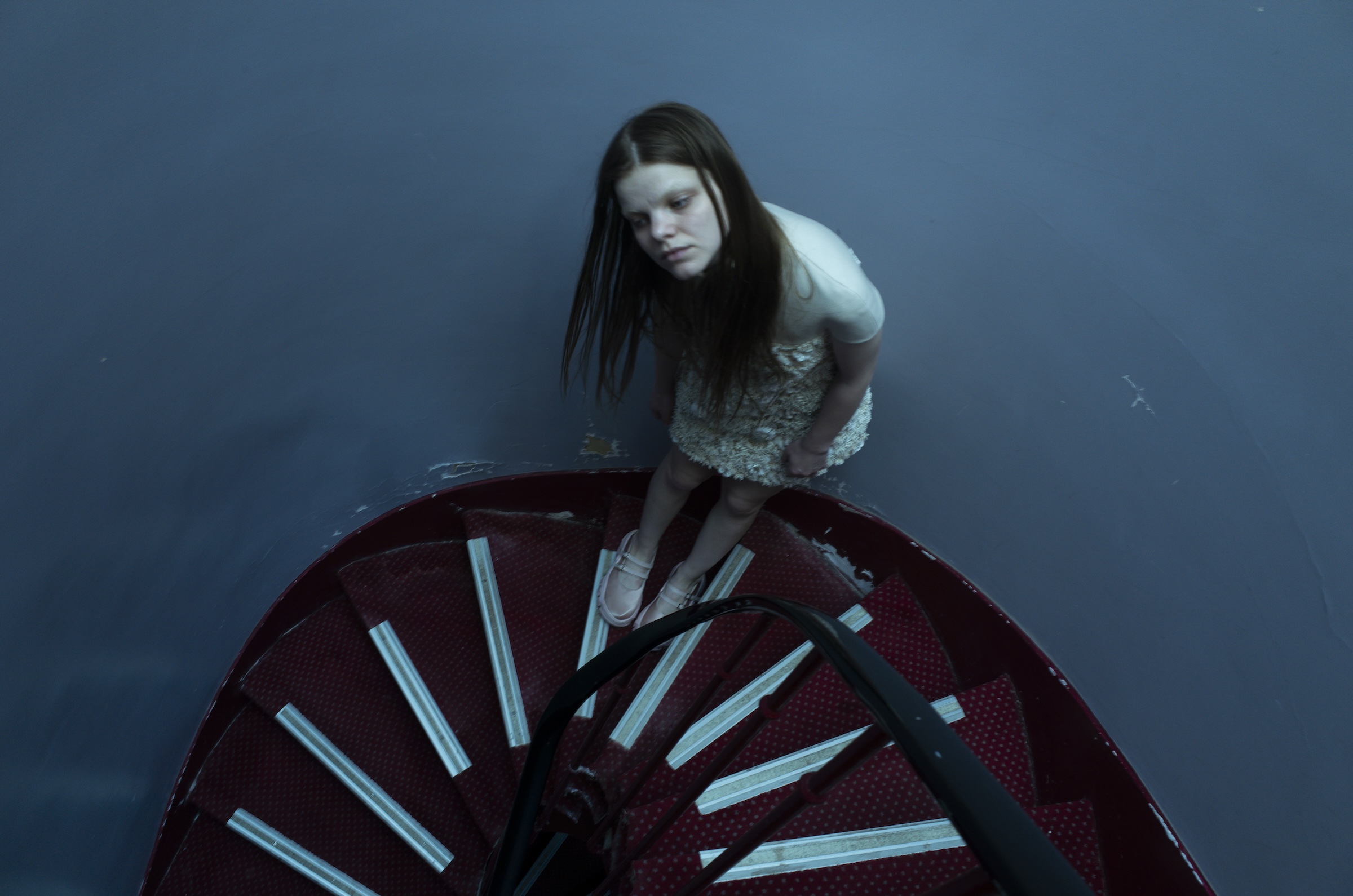
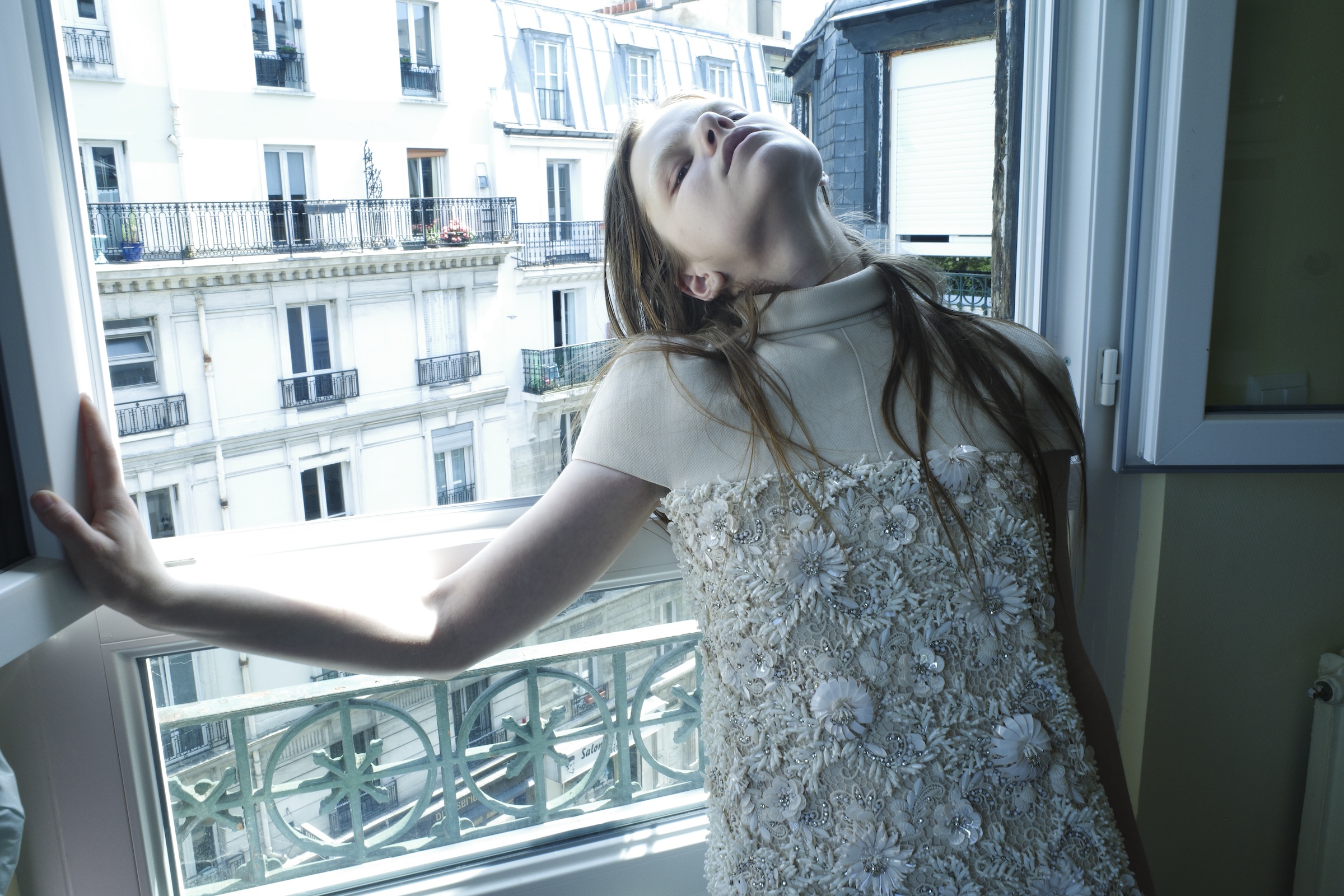
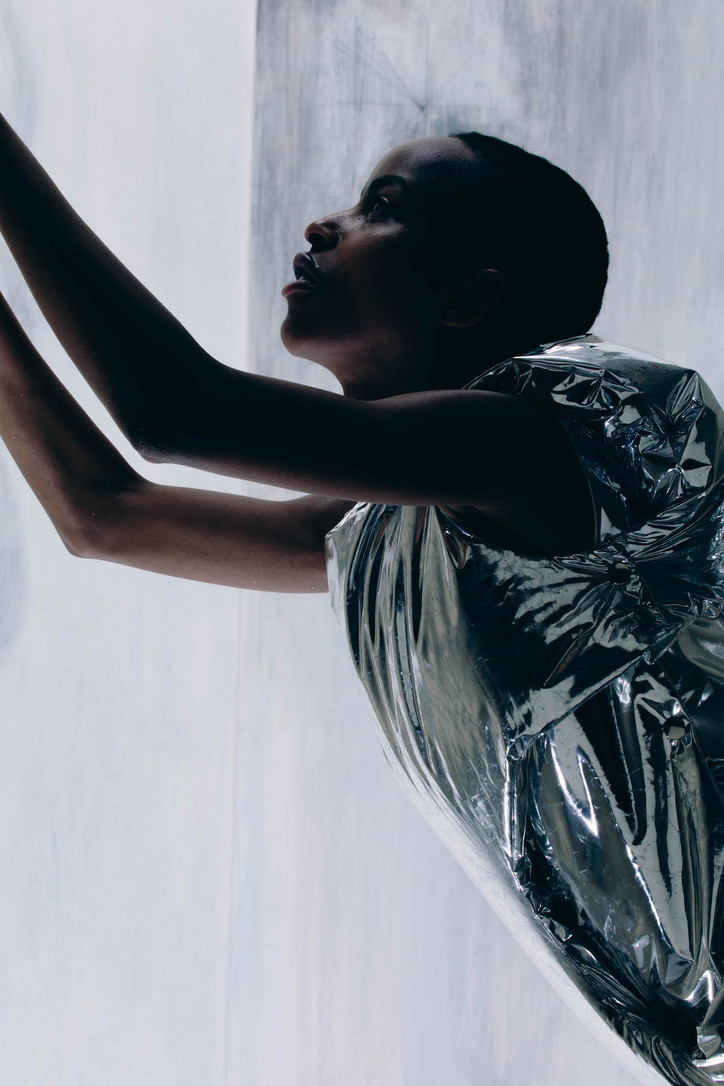
We spoke about his latest collection, the state of fashion, and his plans to take over the industry. Read our conversation below.
I’ve seen your work through social media and love it visually, but could you walk us through the conceptual side of your most recent graduate collection?
The start of it all basically stems from being from the Bahamas — born and raised. The collection was essentially trying to restructure luxury fashion from a realistic standpoint because I felt as though luxury fashion became so, for lack of a better word, monochromatic. Everything looks the same, everything feels the same, and that’s because everyone is getting all their ideas and information from the same sources. Nothing necessarily feels authentic to the creators, so what I wanted to do was take inspiration from something personal to me. All of my work comes from personal experience, from family members and friends, my life growing up. I lived a full life in the Bahamas, man. Everyday was literally a movie, so it only makes sense that I pull from that world that shaped me.
I see your dedication to drawing from the world around you in the wearability of your garments. They are extremely practical as they are innovative. Do they draw directly from real life examples?
Yes, exactly. The basis of the collection was about 6 women who were influential in my life growing up in the Bahamas. These women don’t necessarily have anything to do with luxury fashion but their story and their environment is so colorful and vibrant that it created a feeling of luxury. The first look was a mistress, the second a single mother, the third a business woman, the fourth a stripper, the fifth a housewife, and the sixth a thief. So all these women are either family members or close friends of mine. More specifically, the collection drew from the sacrifices they were willing to make in order to attain their vision of “luxury”. For instance, for a single mother, her “luxury” is being able to put food on the table for her kids.
It feels like you are redefining what “luxury” is, and in doing so, making “luxury fashion” more accessible to all.
Yes, what I don't like about fashion is that it often creates this world of escapism. The difference between myself and some other designers is that many of them create false realities in order to tell their stories, which is something I don’t believe in. I guess I don’t believe in the idea of making people feel like their own reality isn’t good enough. The people I’m creating for, who I hope are my audience, I aim to turn them towards the mirror, allowing them to see what’s right in front of them. For years, fashion has told its audience to turn their back on the mirror.
Have you always been clear about wanting to express fashion through this lens? Or was it a concept or realization that took time to build?
Well, honestly fashion is quite new to me. I started doing fine arts growing up, and ended up studying it for my Bachelor’s Degree. After graduating, something in me knew I wanted to switch to fashion. I remember literally going on Google and searching up “best fashion school in the world”, and Central Saint Martins came up. I applied for the MA program but didn’t get in the first time. After a little bit of time, I ended up visiting the CSM campus and walking up to the course director, Fabio Piras, and I told him that he made a mistake. He laughed! But we had a conversation about it, and before walking off I told him he’d see me soon. From then on, I started to take fashion a little more seriously. Things started to fall into place when I met Samuel Ross and started working at A Cold Wall. I also met Virgil around this time at a club in London. In that club I told him, “You need me! I’m the next big thing!”. He just looked at me like “Alright, alright” as he went on for his DJ set. Later on, I went on to work quite closely with Virgil. But really, this is all to say, that fashion just started brewing for me around this time. I was starting to take fashion seriously.
These were some confident moves you were making. Was there ever a point of doubt or hesitation?
Well, definitely when the pandemic hit and I moved back home to the Bahamas, I suddenly didn’t want to apply for a fashion degree anymore —- something felt so pretentious and cliquey about it to me. And something about the city of London was turning me off too. But funnily enough, what brought me back, or gave me my motivation was my girlfriend at the time cheating on me! I wanted to get my shit back together. I moved back to London, I reapplied to CSM, and this time I got in. I knew I just wanted to take over. I applied again to the Fashion MA at CSM, and I got in this time. But they did tell me straight to my face, that my application portfolio was shit. It was my personality that got me in.
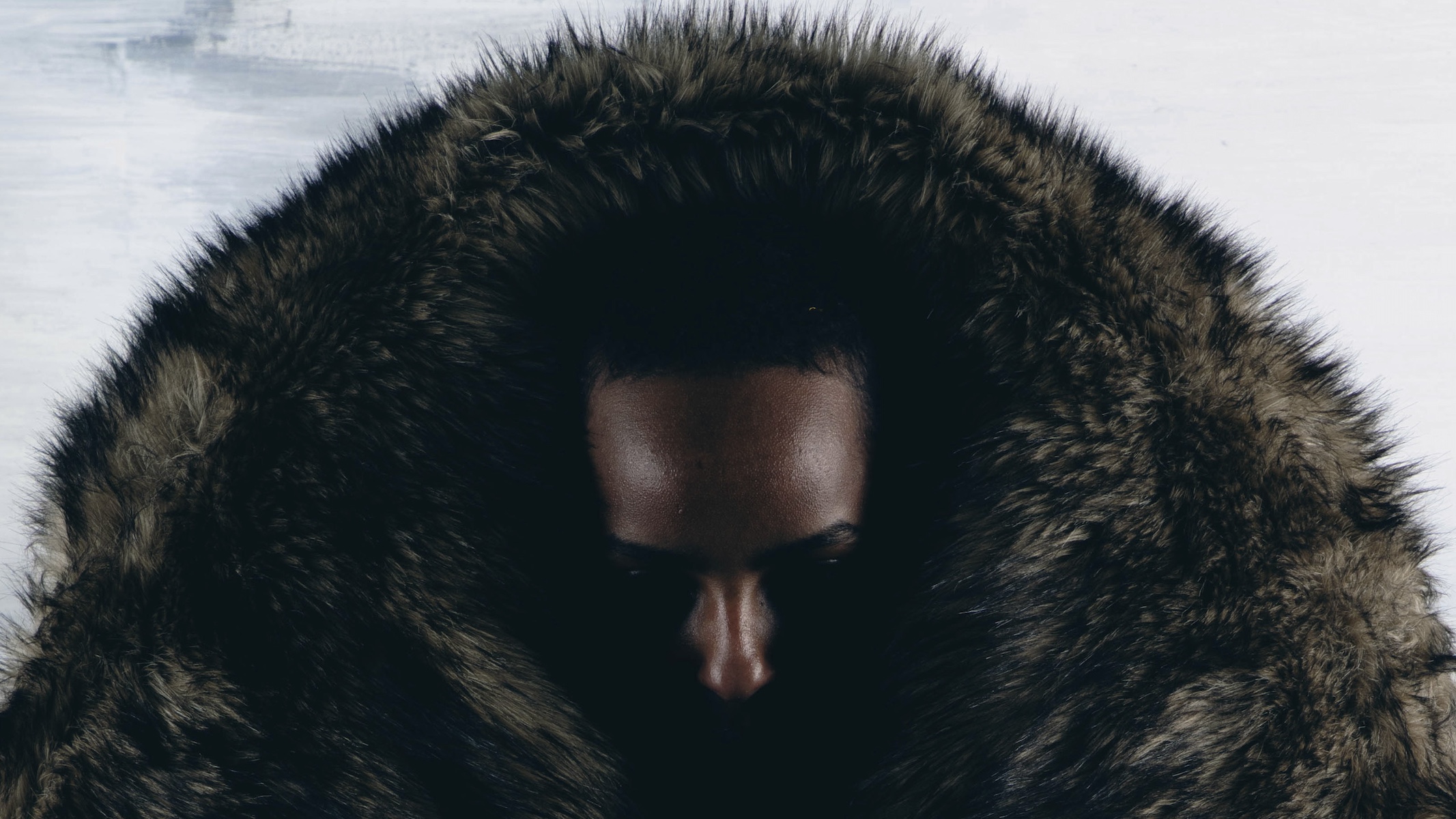
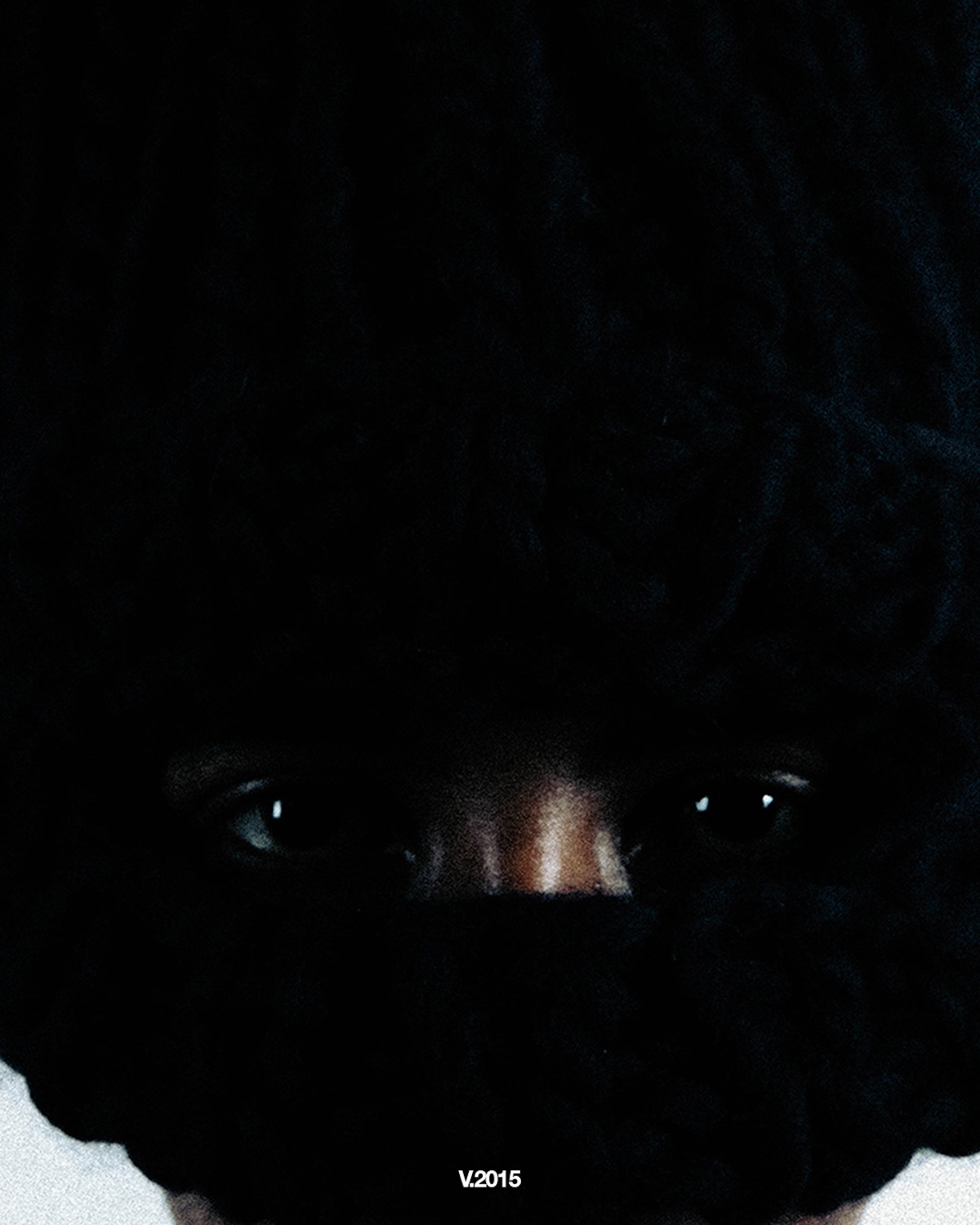
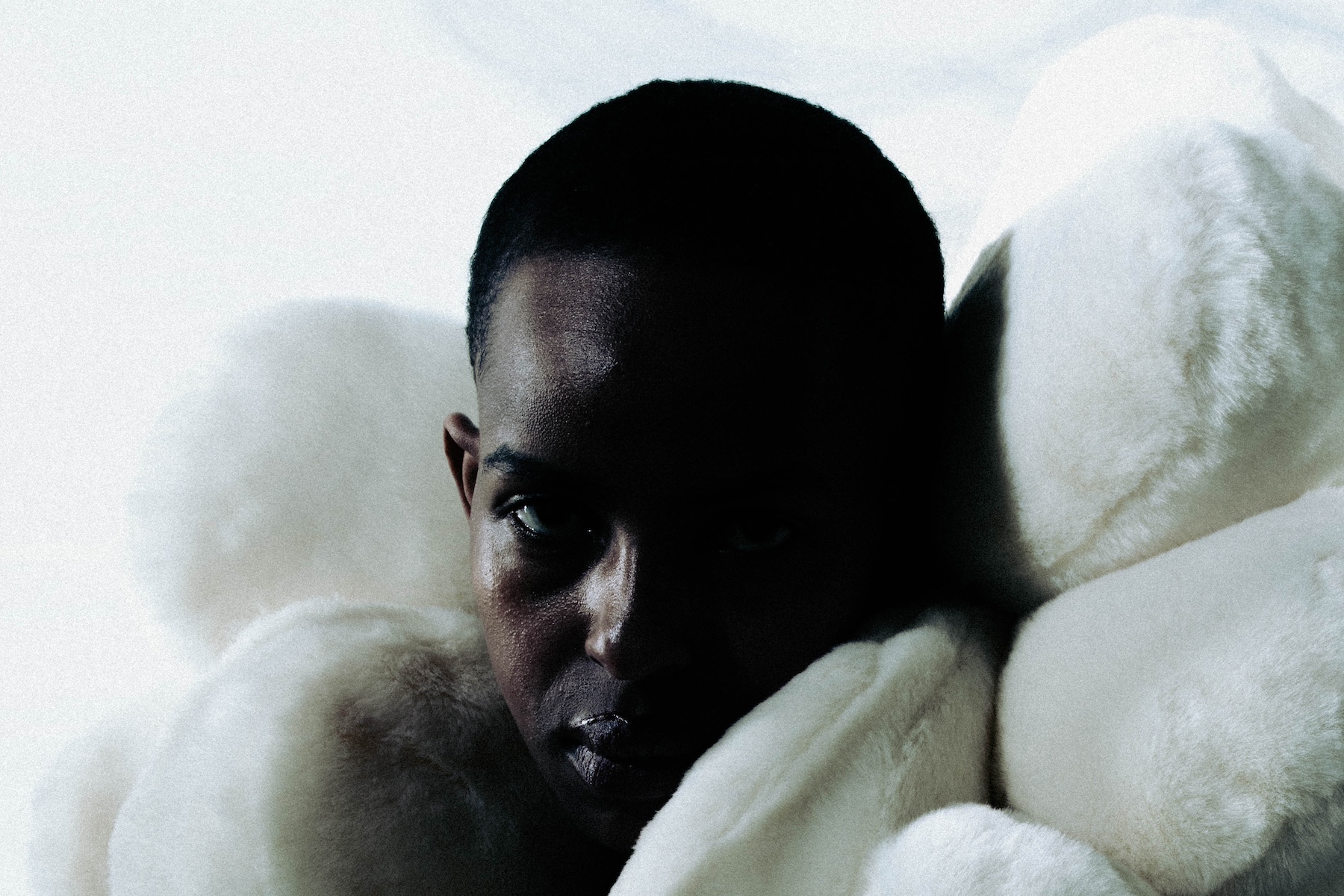
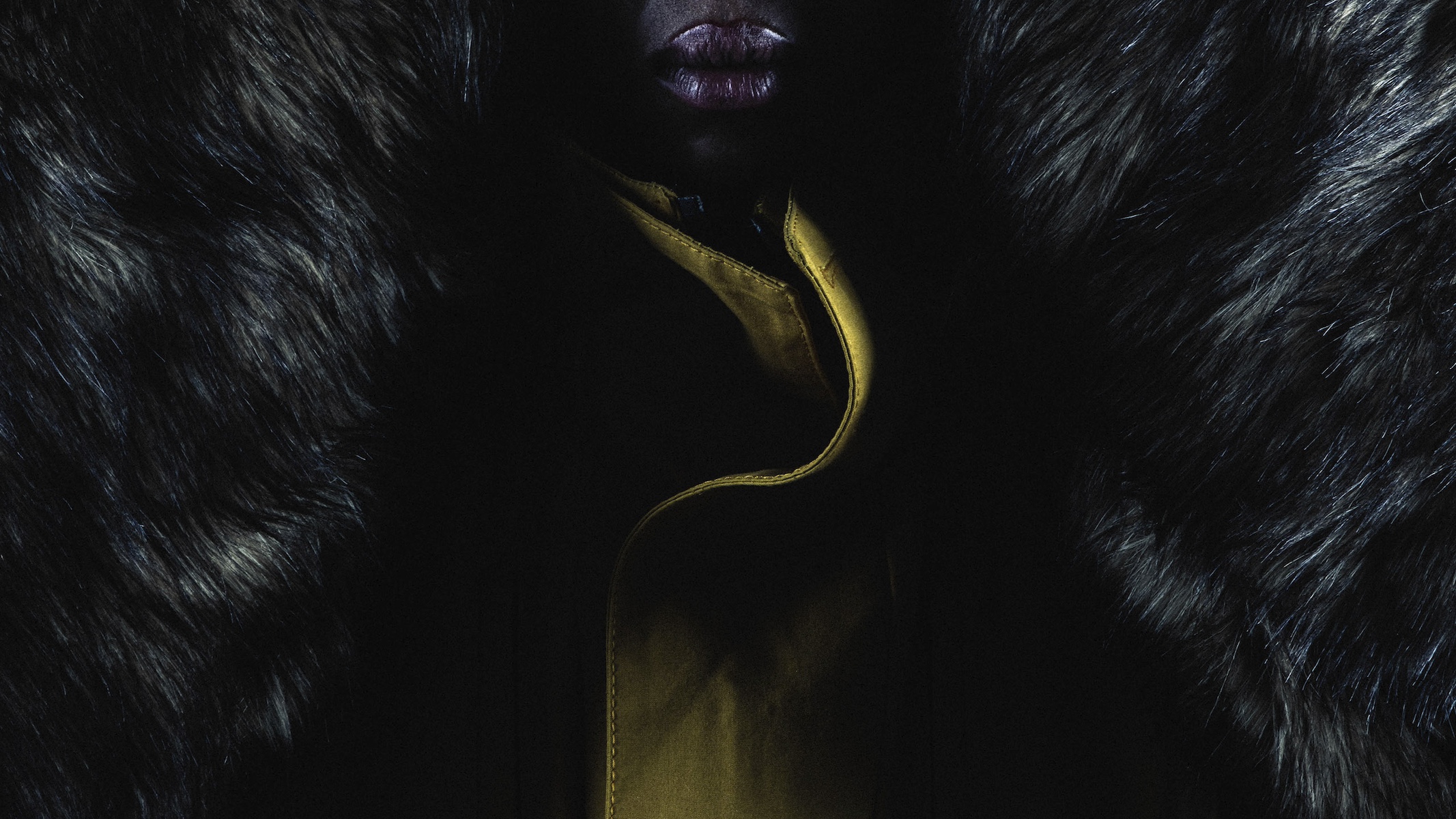
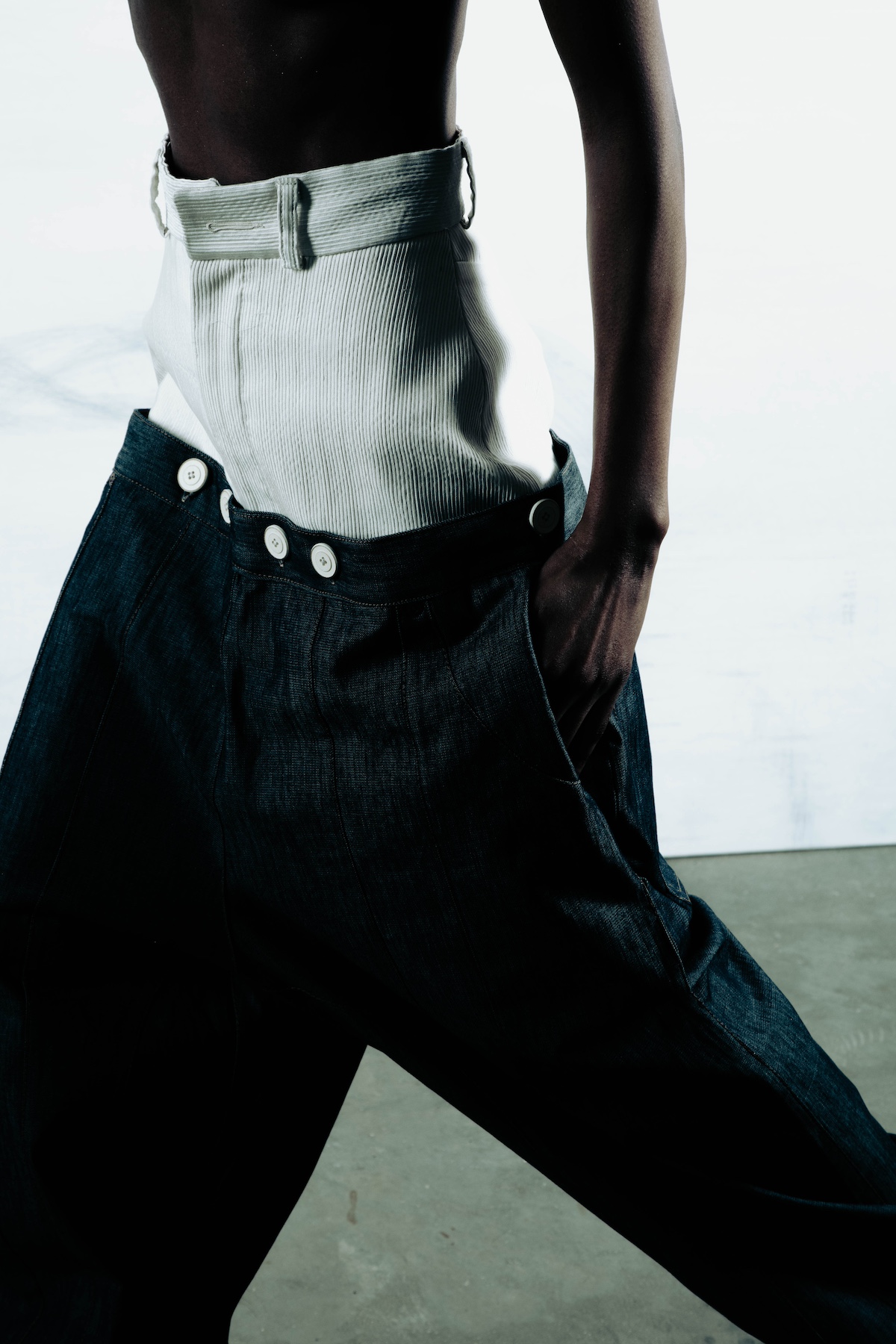
Your connections with people in the Bahamas have informed your work, do you feel that there are people in London who have helped contribute to you as a creative?
Well I will say that I feel like most of the creative “communities” here are really just transactional. Most people didn’t take me seriously or believe in me until I was associated with certain people. The city isn’t forgiving for sure and you have to watch your back. At the same time, I’ve obviously built strong, genuine bonds with the people around me, people who have become my mentors. For example, Fabio Piras at CSM, he trusted me in my process as a student. He let me create on my own, and saw my ability from the start. At the end of my graduate show, we had this beautiful moment, of knowing how hard we both worked to get to this final collection. We shared hugs and tears with each other. I walked out of that program with a tremendous amount of respect for Fabio. As I left that program, he had a tremendous amount of respect for me. He was always the type of person who would put me in my place when I would stand up in the studio and say “I’m the future! I’m next!” But after that show, he said “Everything you said, I get it. I have nothing but respect for you.” So yes, our student-mentor relationship was filled with nothing but love and respect.
Asides from mentors, I’m curious to know what other figures you look up to in the industry?
Someone I have a tremendous amount of respect for is Virgil Abloh. Everything he created and designed was his reality: what he lived in. He wasn’t one of those designers who created worlds of escapism. He was creating clothes for him and the people he was around. Someone else I respect, and who has been carrying the London fashion scene on her back for years, is Martine Rose. She’s another one who’s not using escapism as the lead to her work. The clothes are for and from the people of the world. These are the people who I have nothing but admiration for. Another value of mine in fashion is the concept of wearability. Designers like Mathieu Blazy at Bottega Veneta, he’s creating garments that are so interesting yet so wearable; something you can just see in your closet. The clothes are so beautiful, so practical — we don't need gimmicks or dramatics in fashion — and so they can be understood by the everyday person.
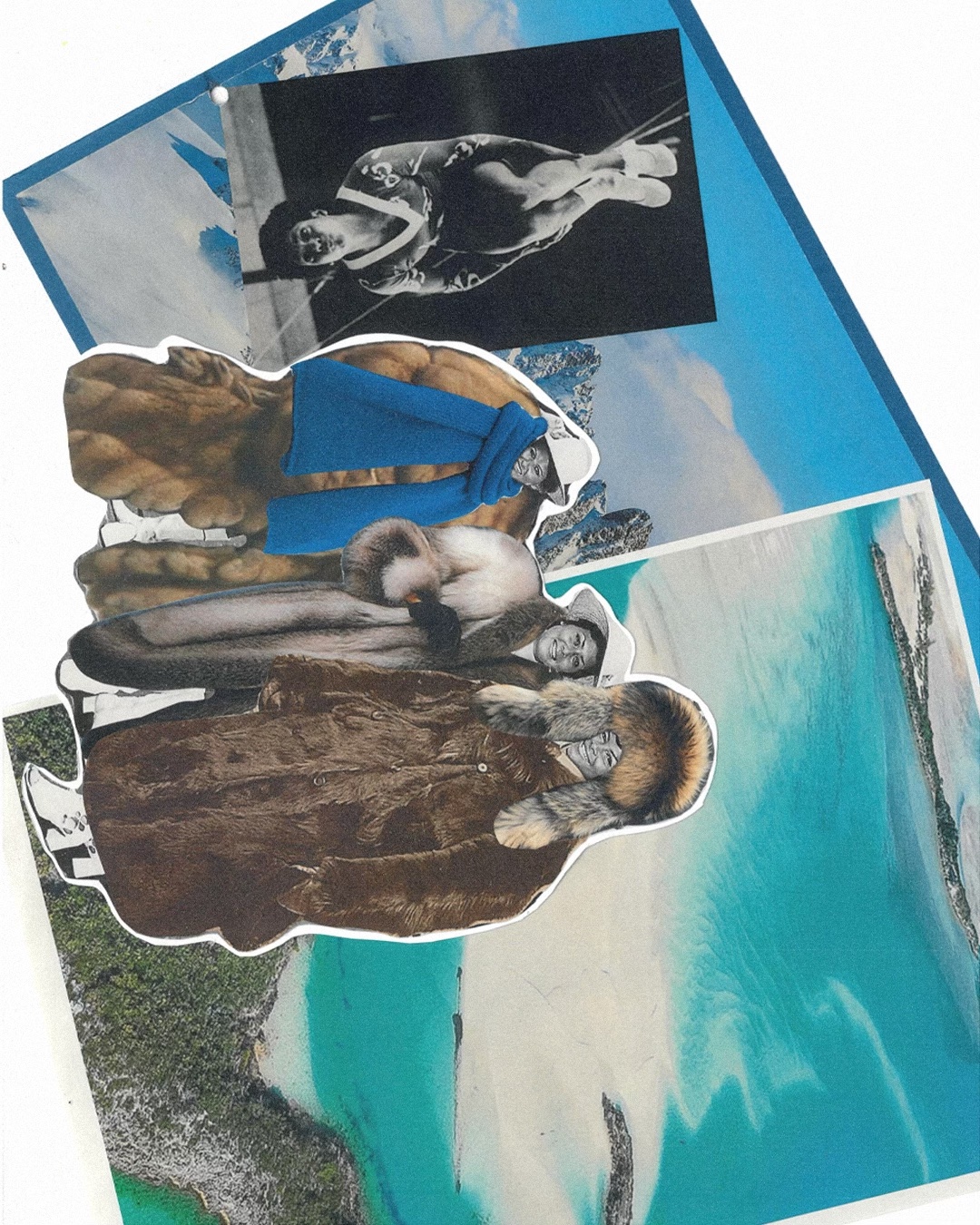
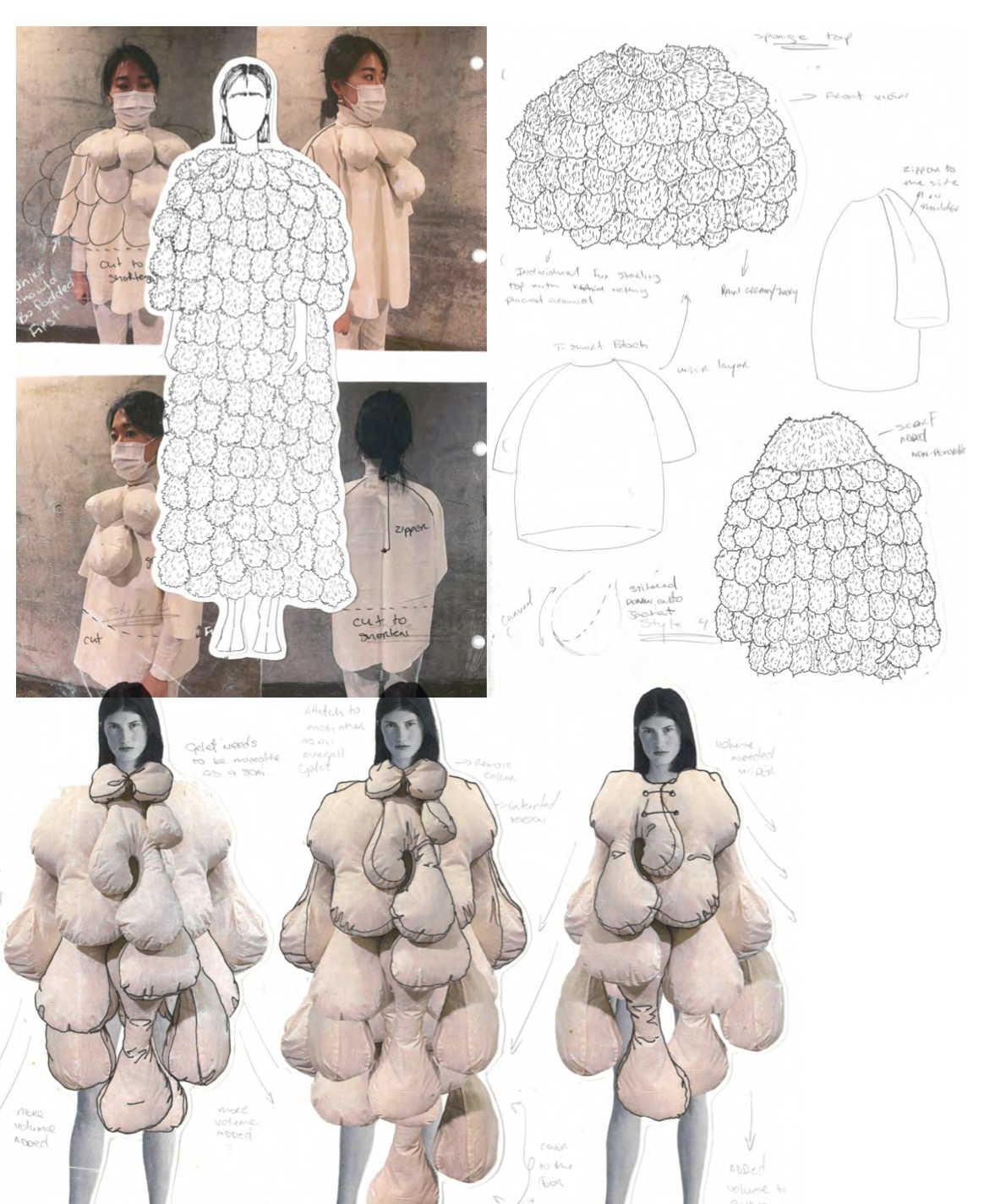
What is a message you believe the industry needs to hear?
Years don't accumulate creativity, creativity accumulates creativity. It’s like when McQueen first entered the industry, no one could deny that he was good. But it wasn’t till he was around for a couple years in the industry that people looked back on his early work and really realized his genius. So what I’m saying is that people need to see creative brilliance from the beginning, if the work is good, the work is good. But also, I believe that brands need to be taking bigger risks,like when Givenchy took on McQueen when he was around 2-3 years out of CSM. We see creative directors who have been in the industry for 15 years, being appointed to new brands, and we already know what they’re going to make! We need something new, we need something more exciting.
And there are invaluable experiences people gather throughout their lifetimes that don’t necessarily show up on things like resumes. For example, technically my first experience with this industry was doing visual displays for Cartier at age 13. My father does visual displays for this company that owns almost all luxury retail flagship stores in the Bahamas, so one year he said to me “I can’t do Cartier this year, would you be able to do it?” From age 13 to age 21, I was doing visual merchandising for Cartier. That was years of experience that many people established creatives in the industry can’t even say they have. But it was the kind of thing that wasn’t super respected in the Bahamas, so it never felt super important or crazy to me. I never took pictures or documented these things, but in the Bahamas, people can vouch for my experience and work for these stores.
Is there anyone out there in fashion you see eye-to-eye with, and would like to collaborate with?
In terms of companies, Doctor Martens is a company I’ve collaborated with, and would love to continue to work with in the future. Another brand is Stone Island, because a lot of my stuff is outerwear. Clark’s is also another brand, because growing up in the Bahamas, Clark’s was luxury; there’s the personal connection. I wore Clark’s everyday in highschool! But for collaborations with people, Anna Pesonen — a mentor of mine and well respected stylist — she’s in the realm of design and I would love to collaborate with her and just take over the world. And this collaboration is not necessarily in fashion design, but things like environmental design, building spaces. I’d also love to do some design work with Alaska Alaska, Virgil’s design firm. When the time is right, these things will fall into place. But you know, really my end goal is Bottega Venetta.
So then what’s next in store for Traiceline Pratt?
There’s some plans to work for some brands, but we’re facing some visa issues with the EU.
But the world keeps turning man, and the next step for me is to continue to do what I do. I’m planning to put out my next collection in September, my Spring/Summer collection. I’m gonna do my own thing for now, and I’m sending out a message to the world: we’ve had our fun but get ready, I’m coming! When the time is right, these things will fall into place… And one more thing, Gucci needs me as their creative director!